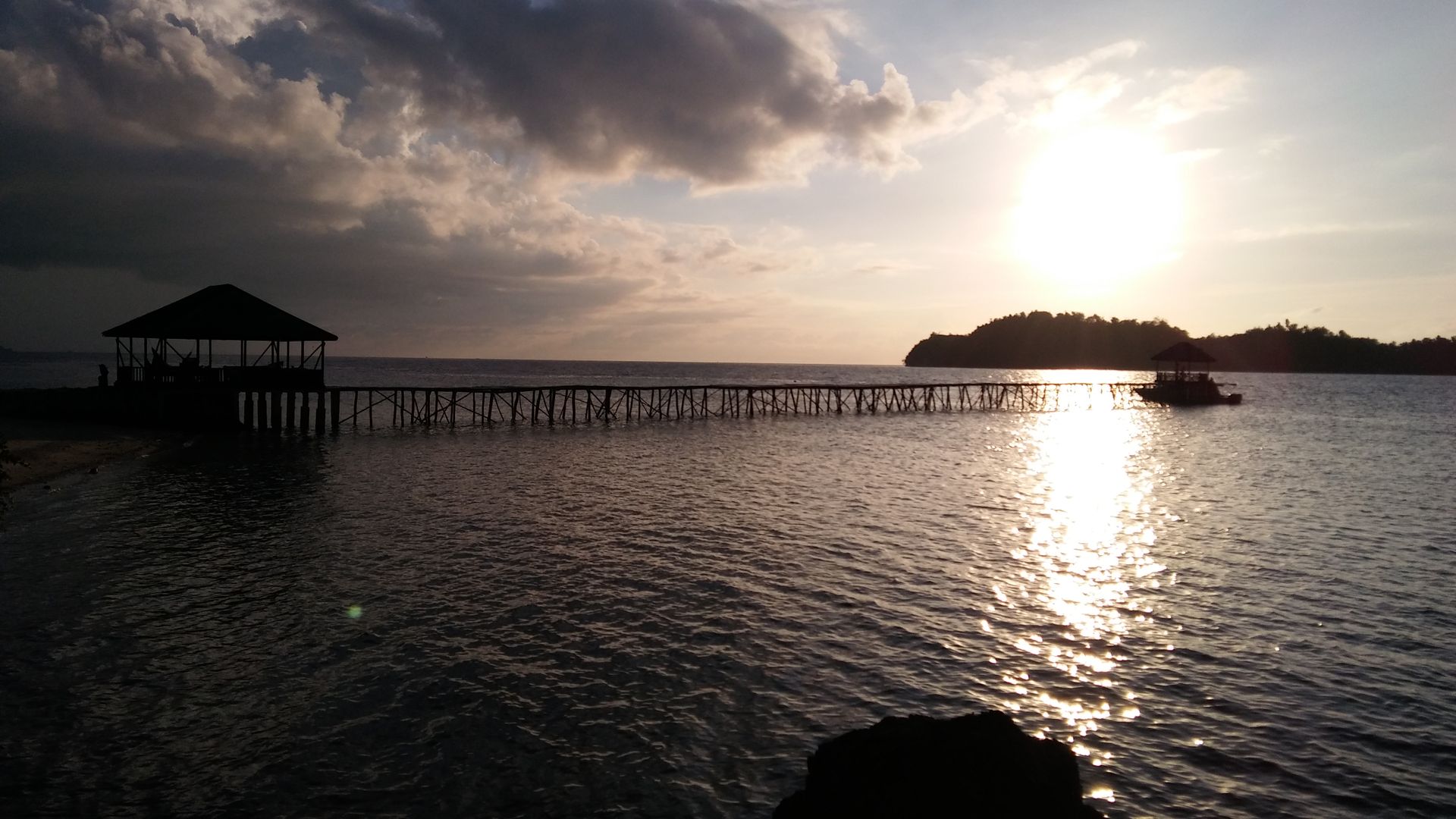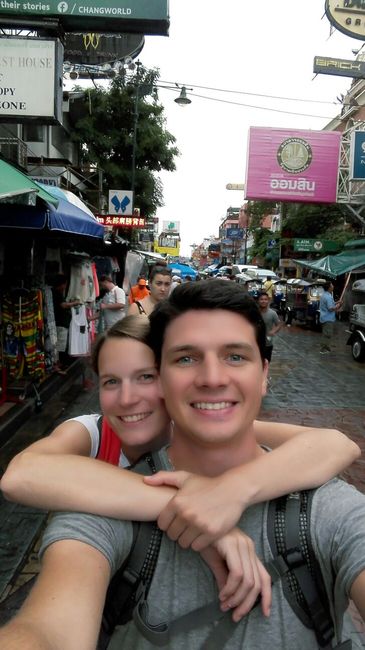'You are going to enjoy Bots!'
Жарыяланган: 16.08.2018
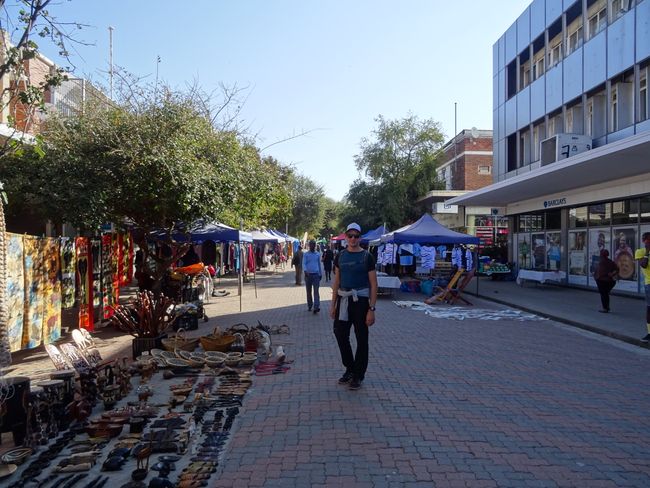
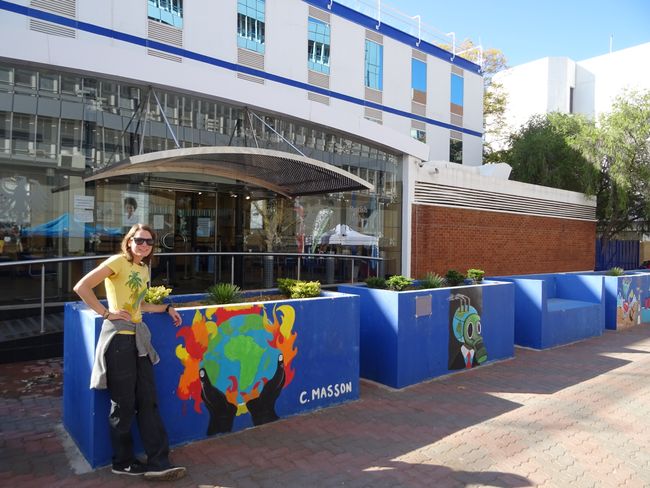
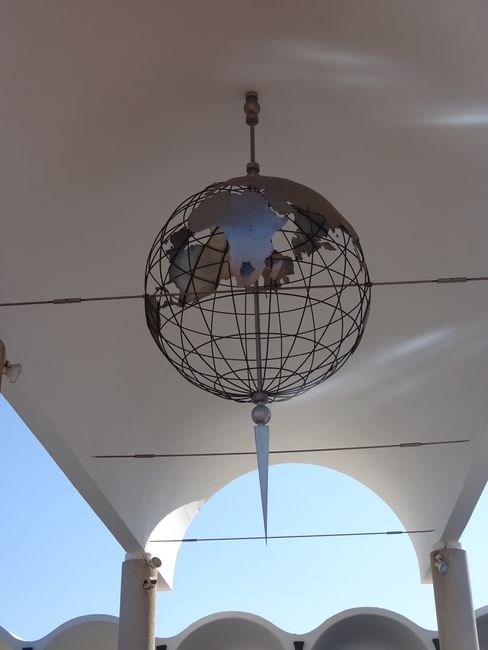
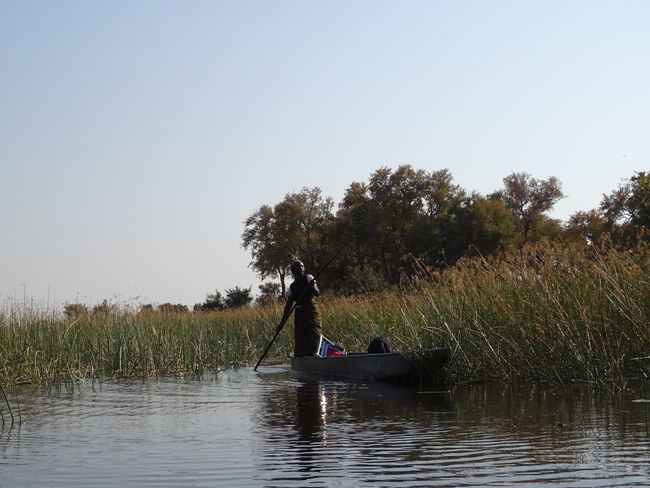
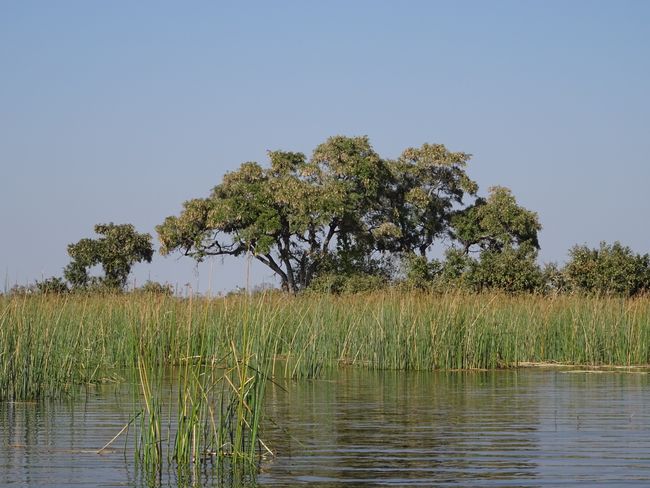

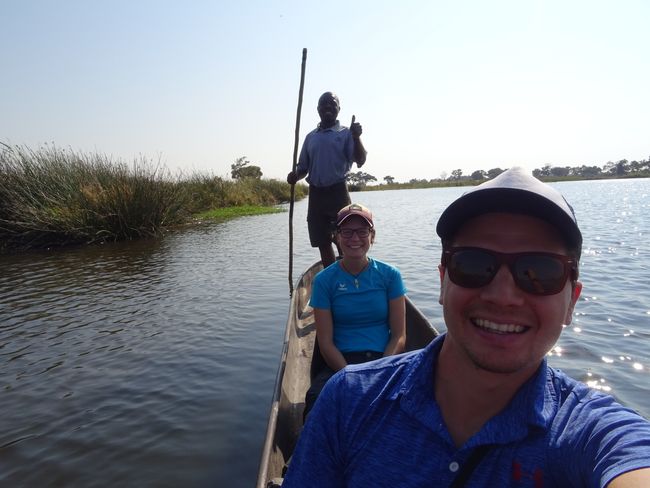
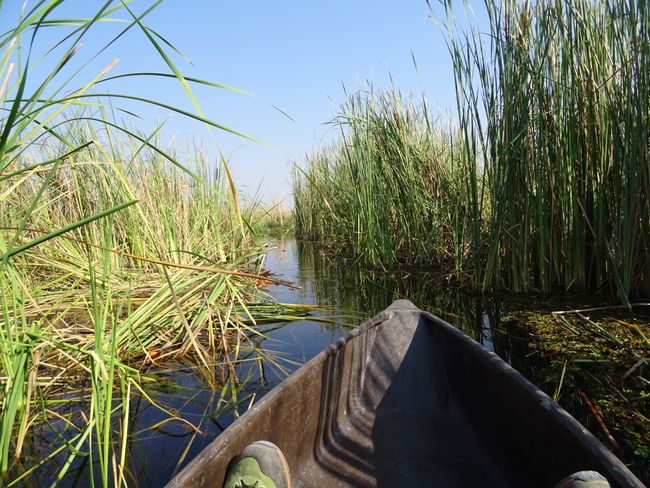
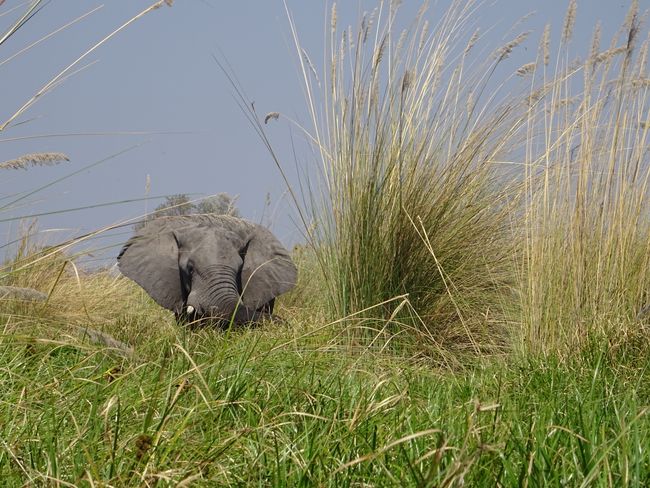
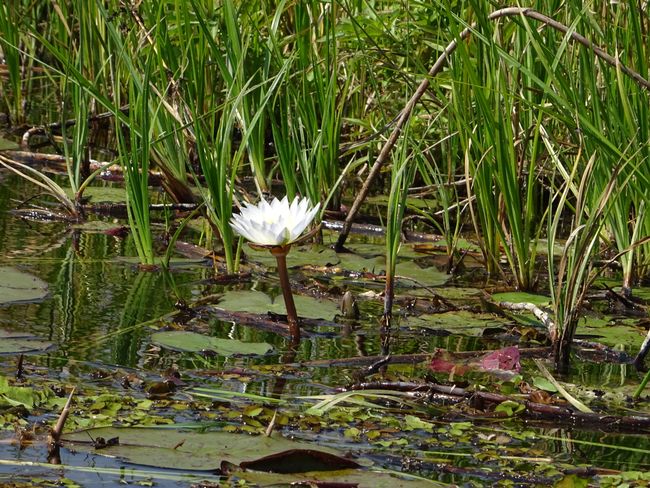
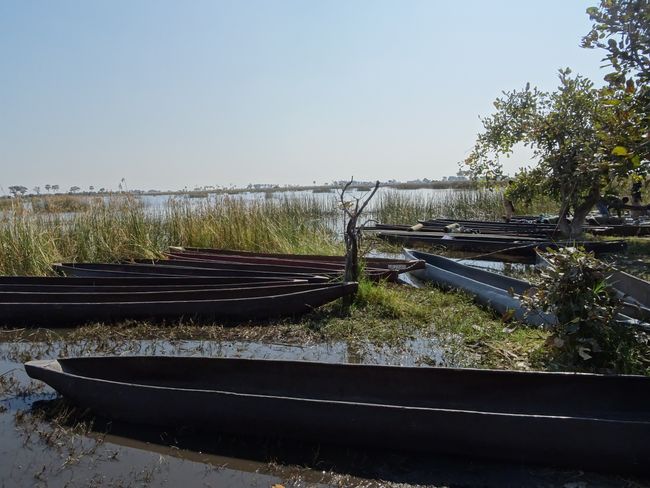
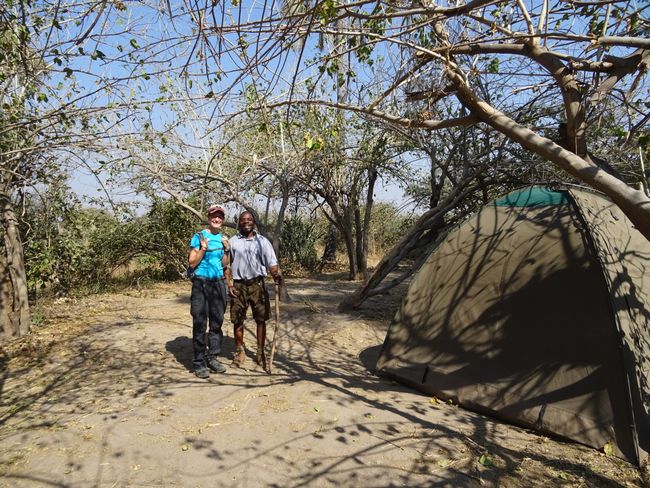
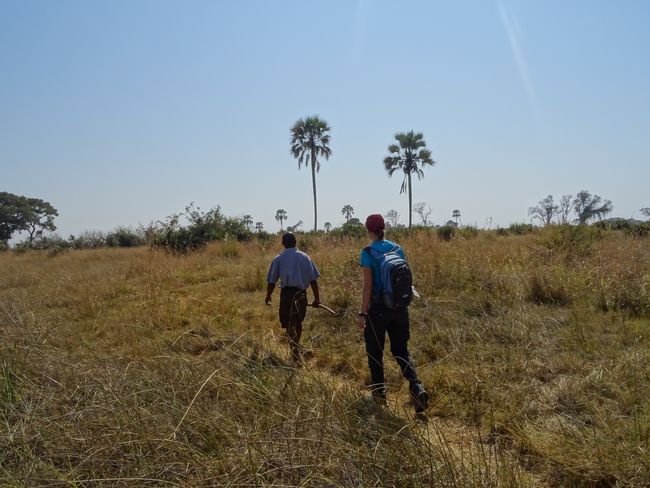
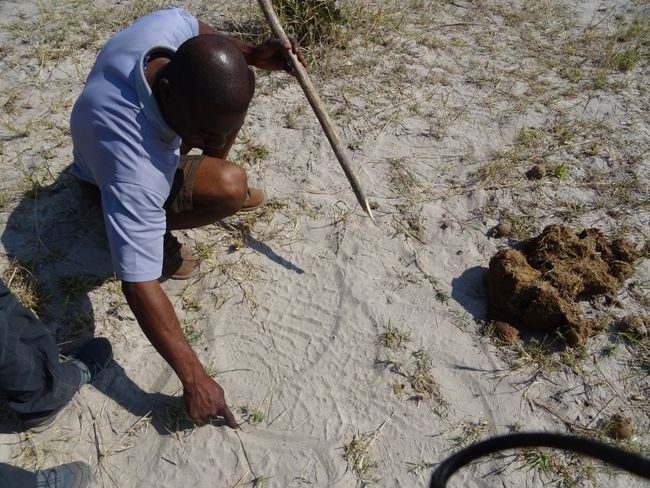
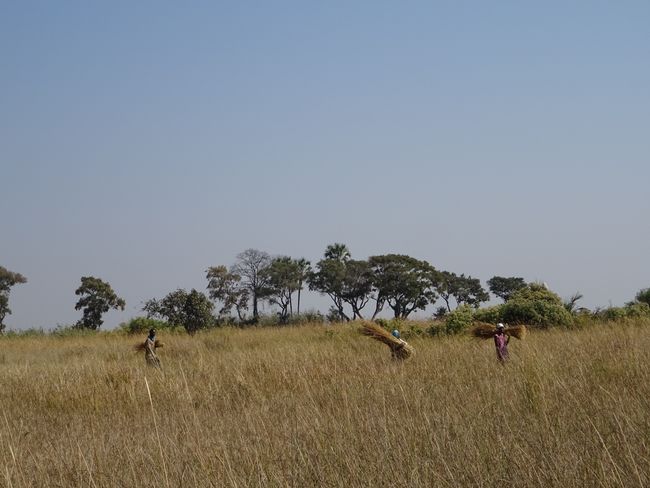
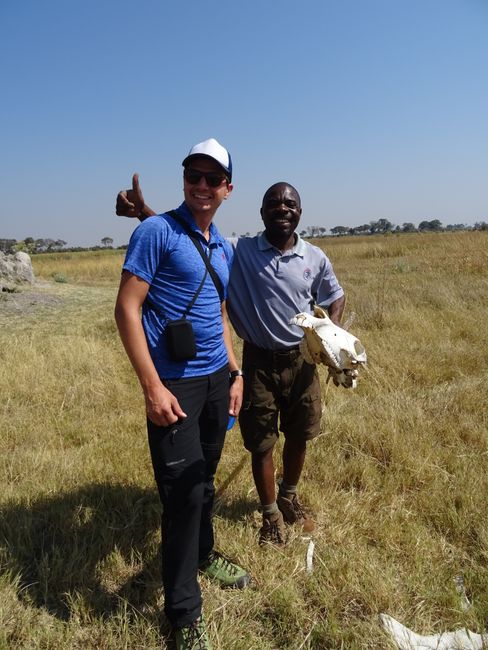
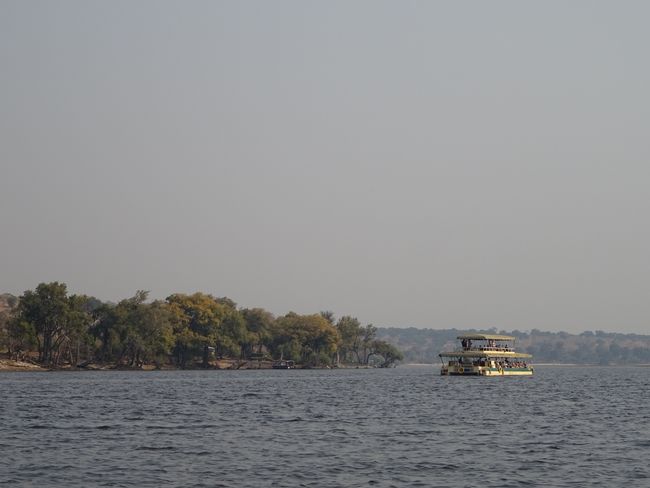
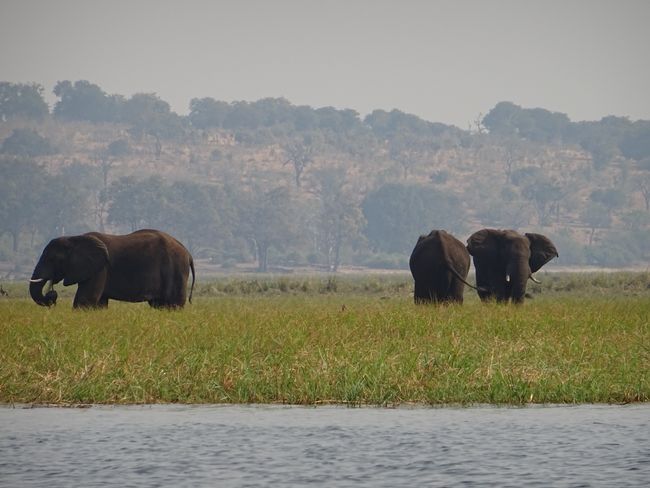
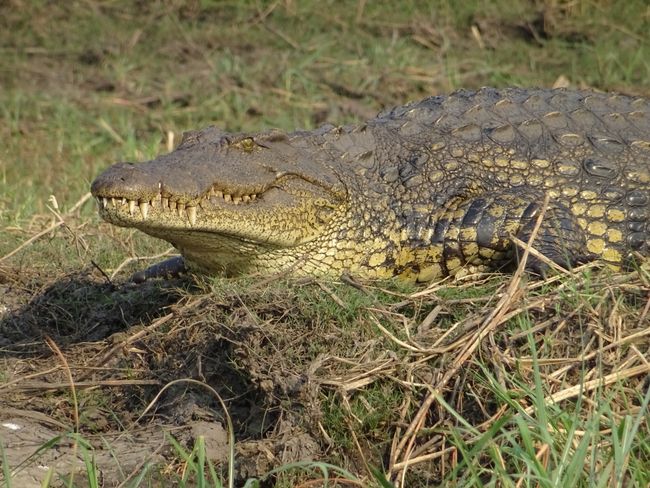
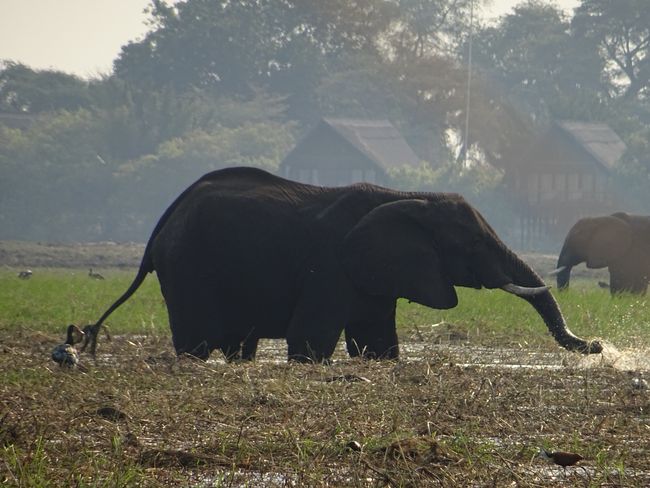
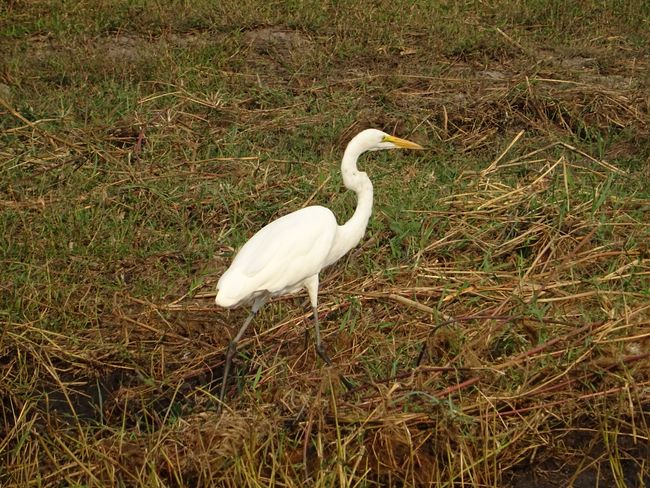
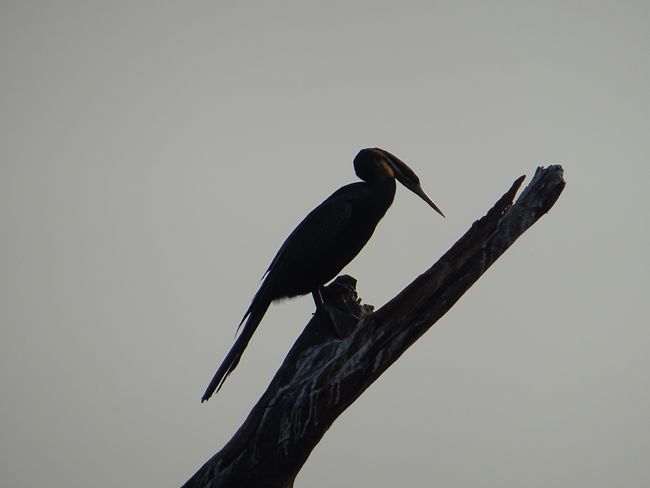
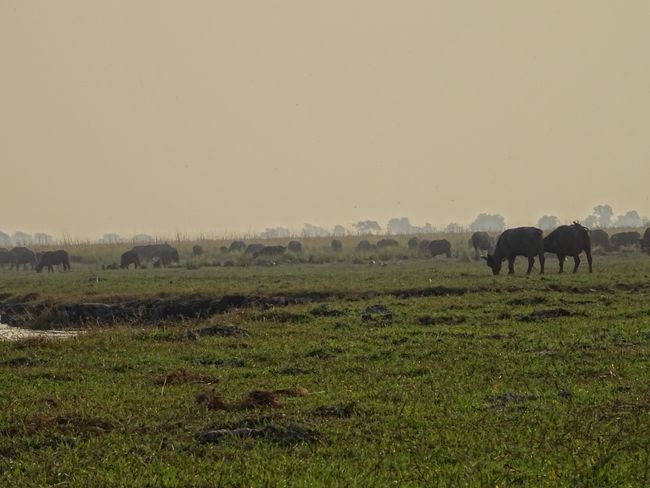
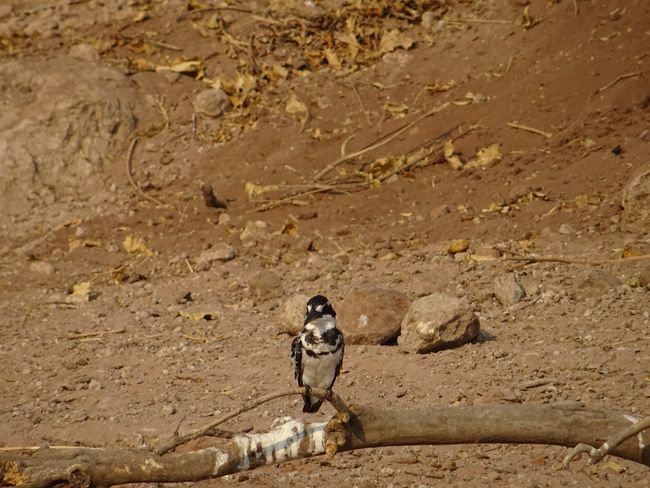
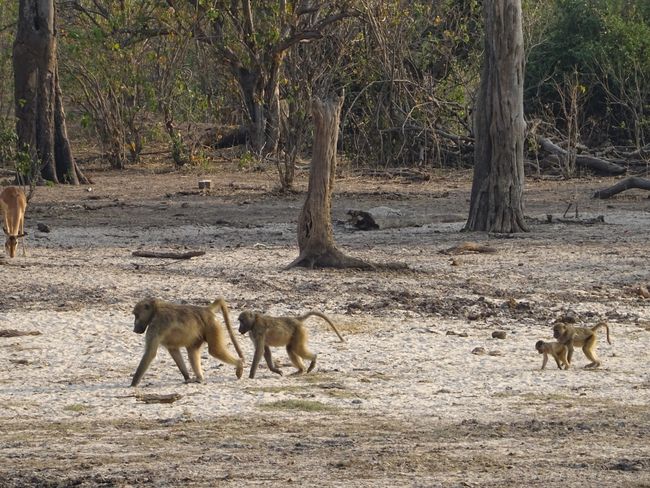
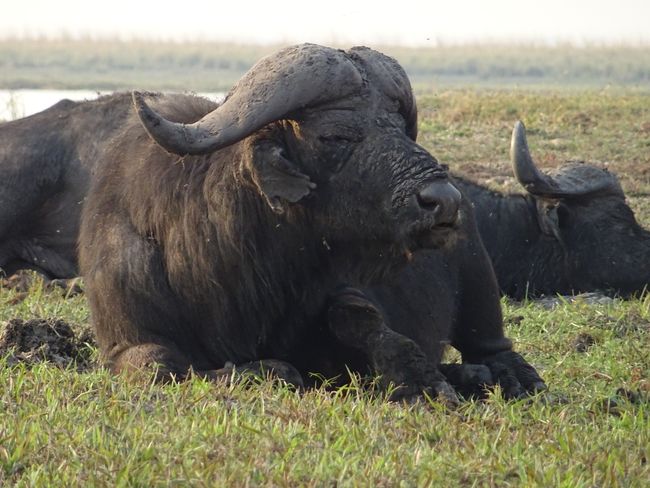
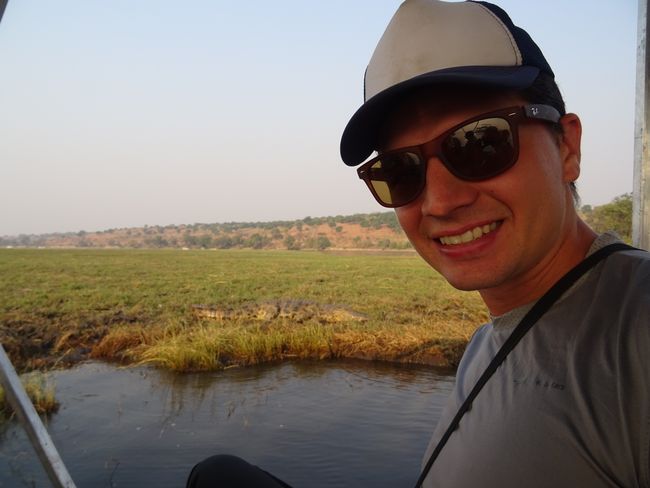
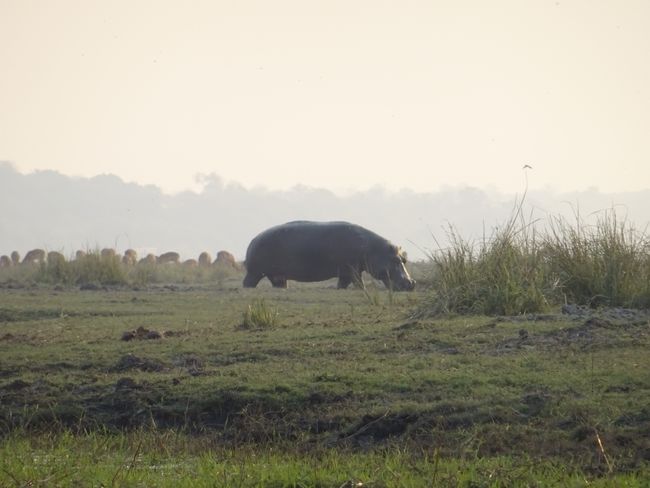
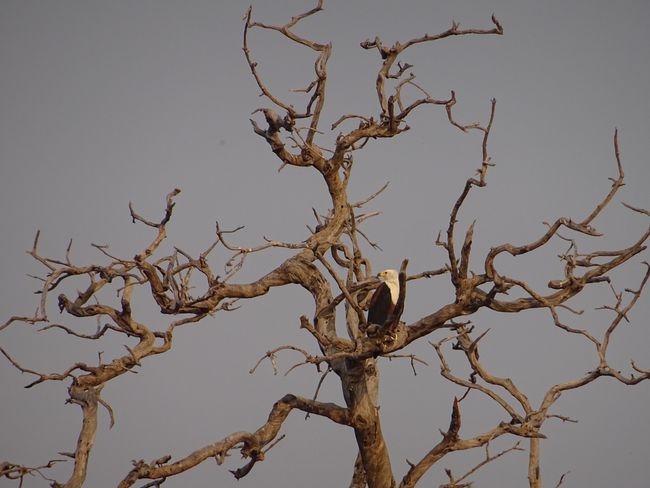
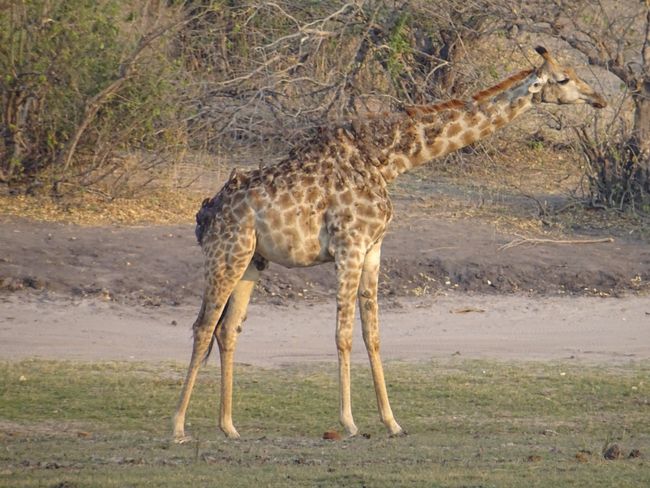
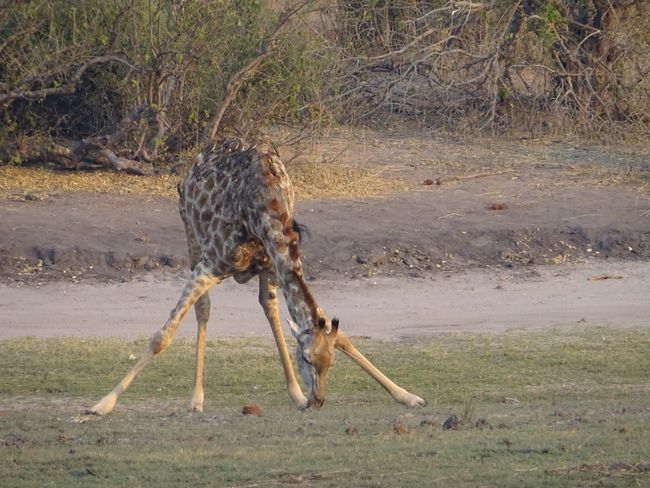
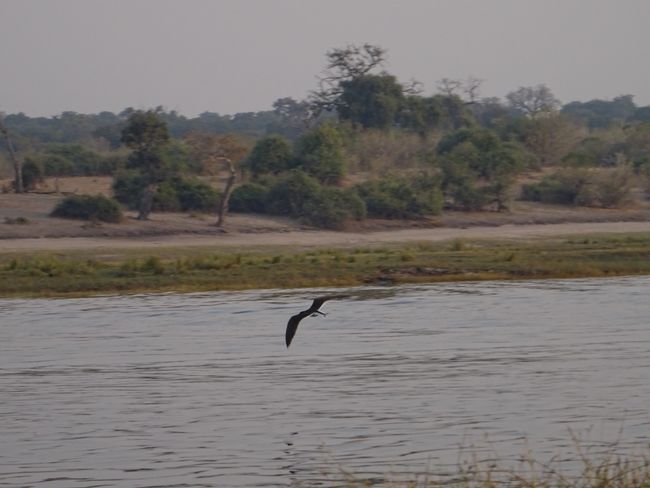
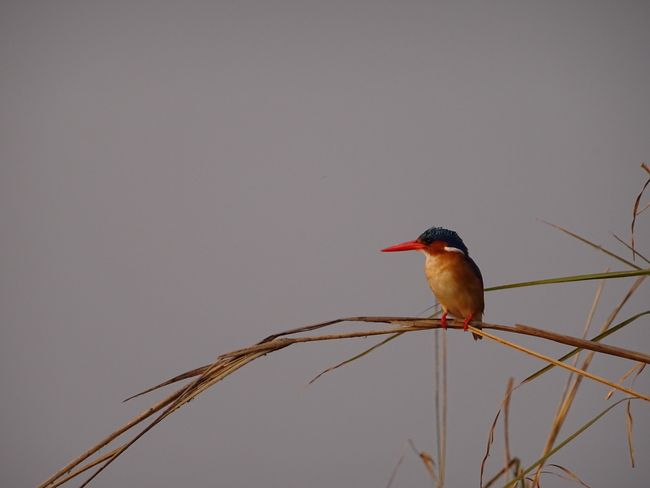
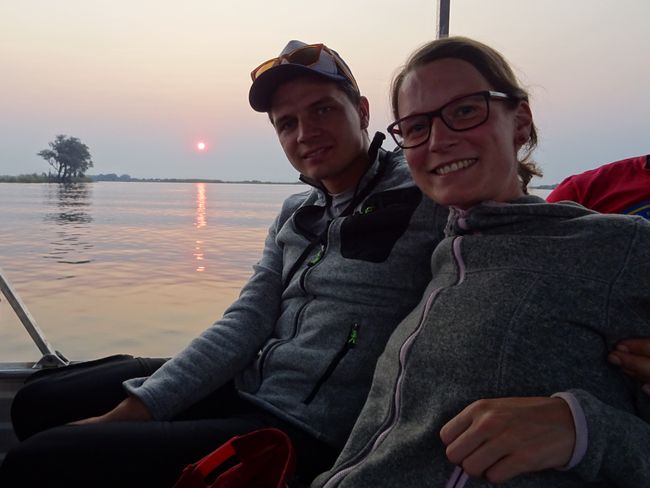
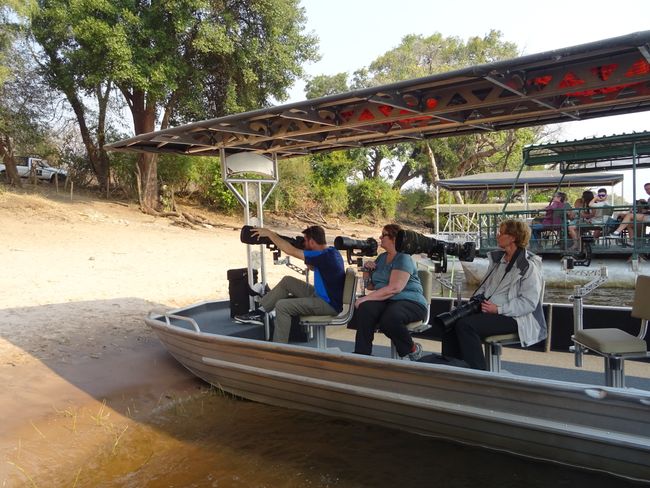
Бюллетенге жазылыңыз
"Hello my friends. Sister from another mister and brother from another mother. You are going to enjoy Bots(wana)!"
After our cozy start in Africa with our own car in South Africa, we now started our actual Africa adventure and made our way from Johannesburg to Botswana. Our first stop was the capital Gaborone. A city that was planned for 20,000 inhabitants and is now home to over 200,000 people. As in many other cities in Botswana, this has favored an unfavorable development, not only for backpackers. You can feel the lack of city planning and you are almost exclusively dependent on taxis, as the sparse public transport system is often difficult to understand, even for locals, and, as we heard, very unreliable. Except for some shopping malls and luxury hotels, there is not much to find in this city. It serves only as a starting point for safari expeditions to the surrounding national parks.
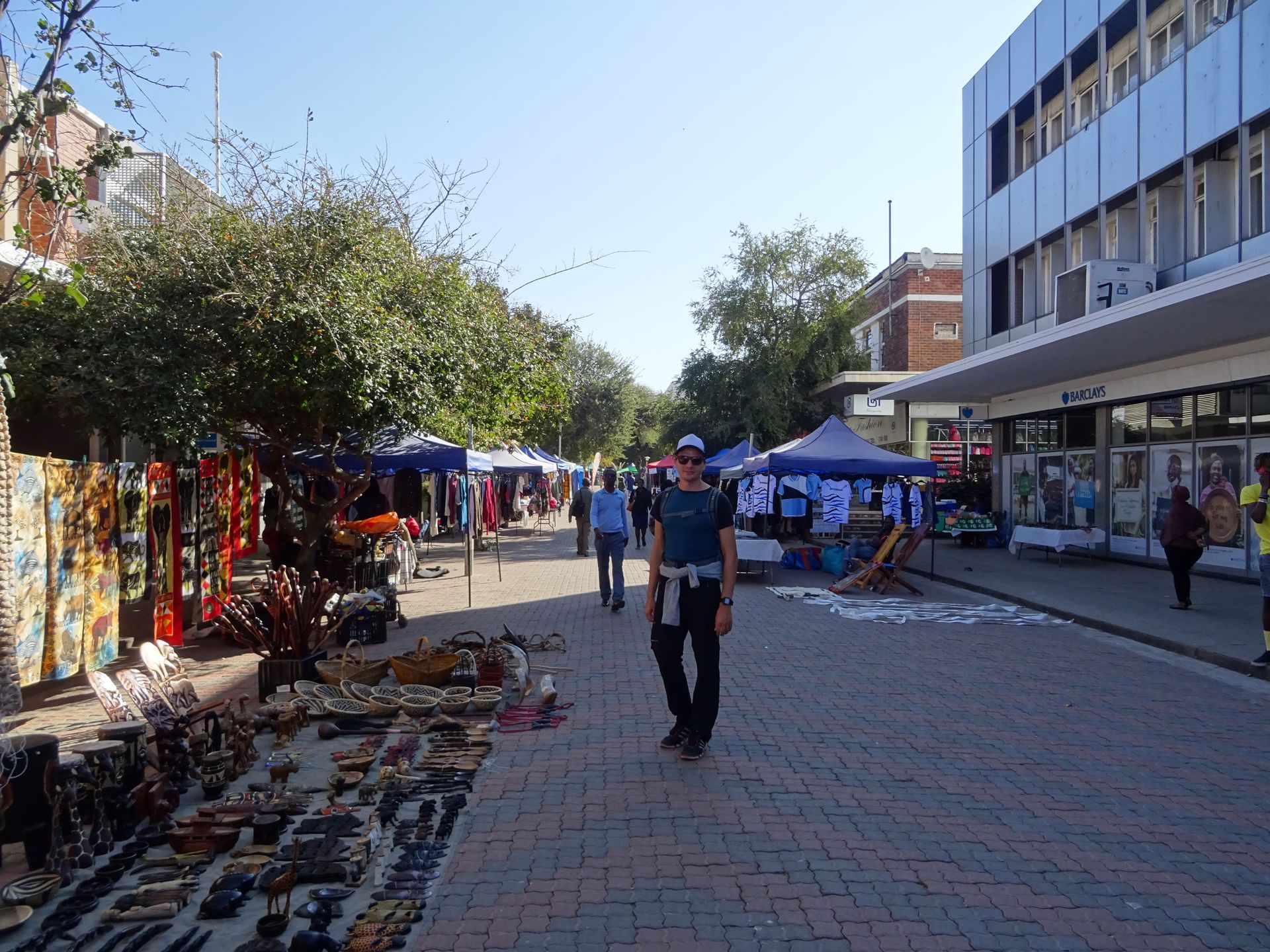

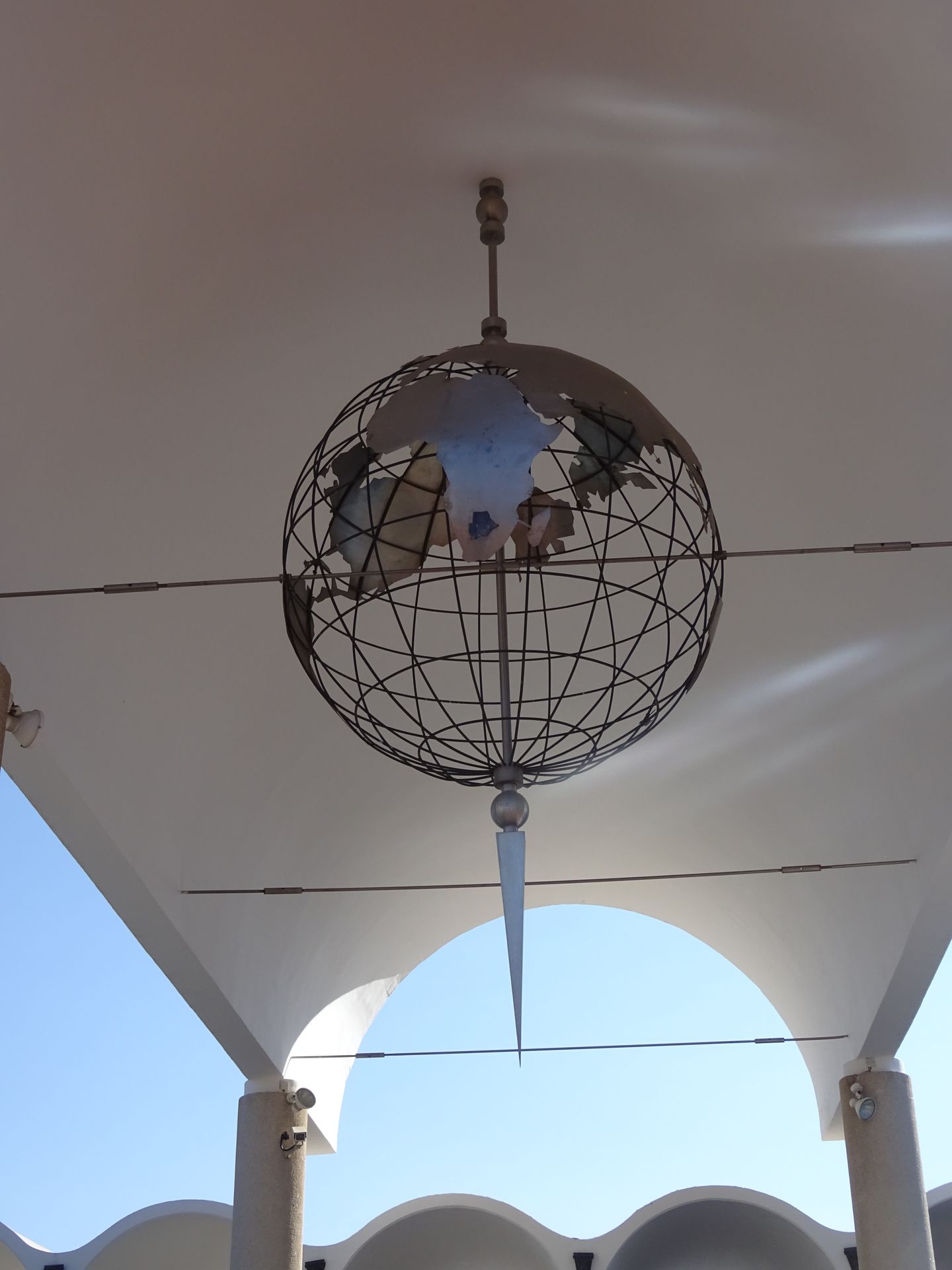
From Gaborone we then made our way to the city of Maun, which is 900km away and close to the Okavango Delta. From stories and travel reports about the condition of the roads, we prepared ourselves for a very, very long journey. This apprehension was fueled only by the first 5 minutes, when the bus driver stopped for the first time right after leaving the city and started tinkering with the bus, which was already getting old. However, to our surprise, we quickly sped up towards the north of the country and after 10 hours without regard for potholes or elephants crossing the road, we finally arrived in Maun. Here we quickly realized that this destination was not designed for our budget, neither in terms of accommodation nor activities. In the end, we ended up with an overpriced tent with two "beds" and foldable mattresses. (We didn't treat ourselves to additional blankets :D) Despite exceeding our budget, we still decided to go on a day trip to the over 20,000 square kilometer Okavango Delta, the largest inland delta in the world (the river simply evaporates in the Kalahari Basin).
There we spent a beautiful day with our guide "Peter", who first took us through the wildlife and flora in a traditional canoe.
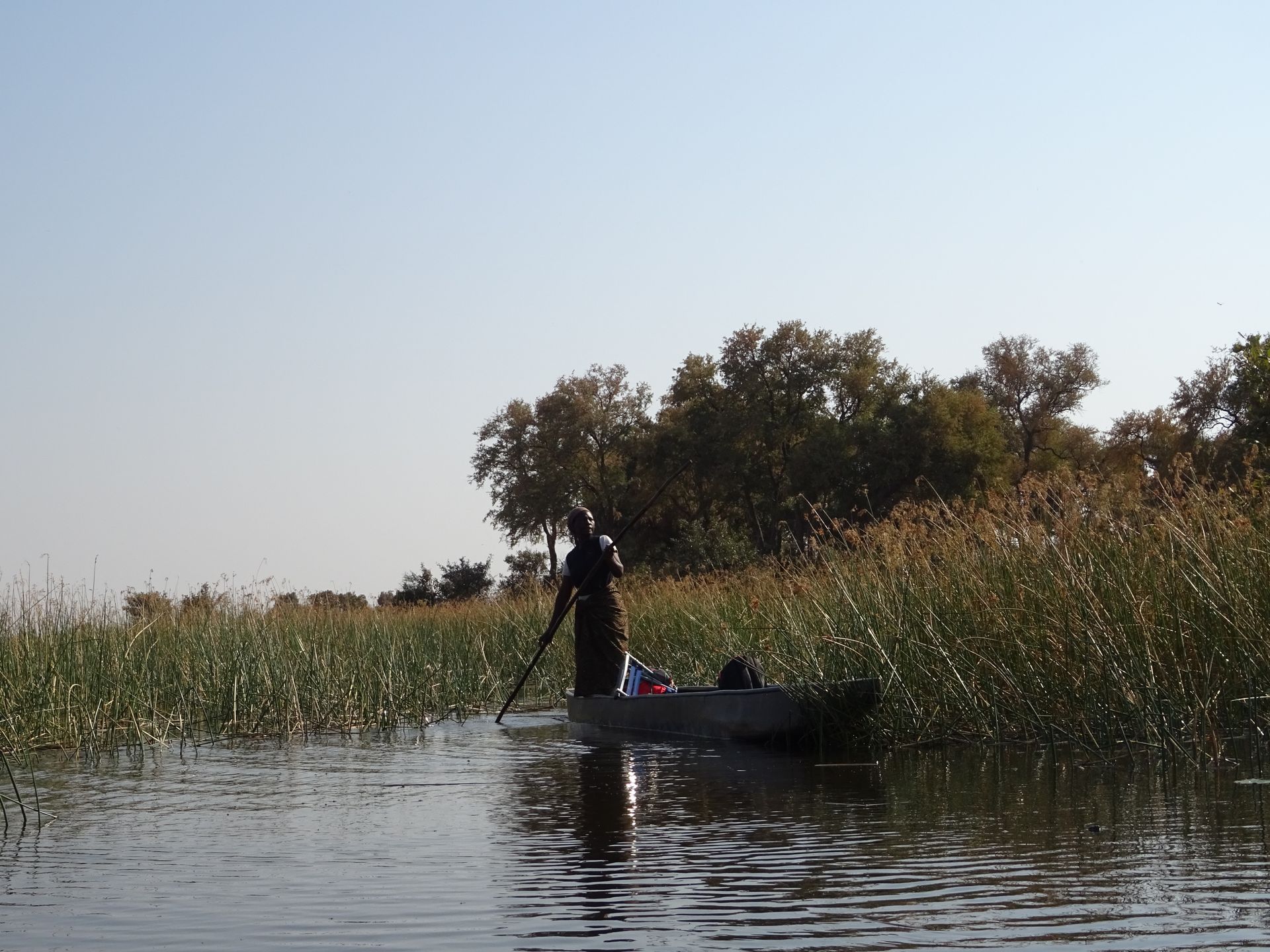
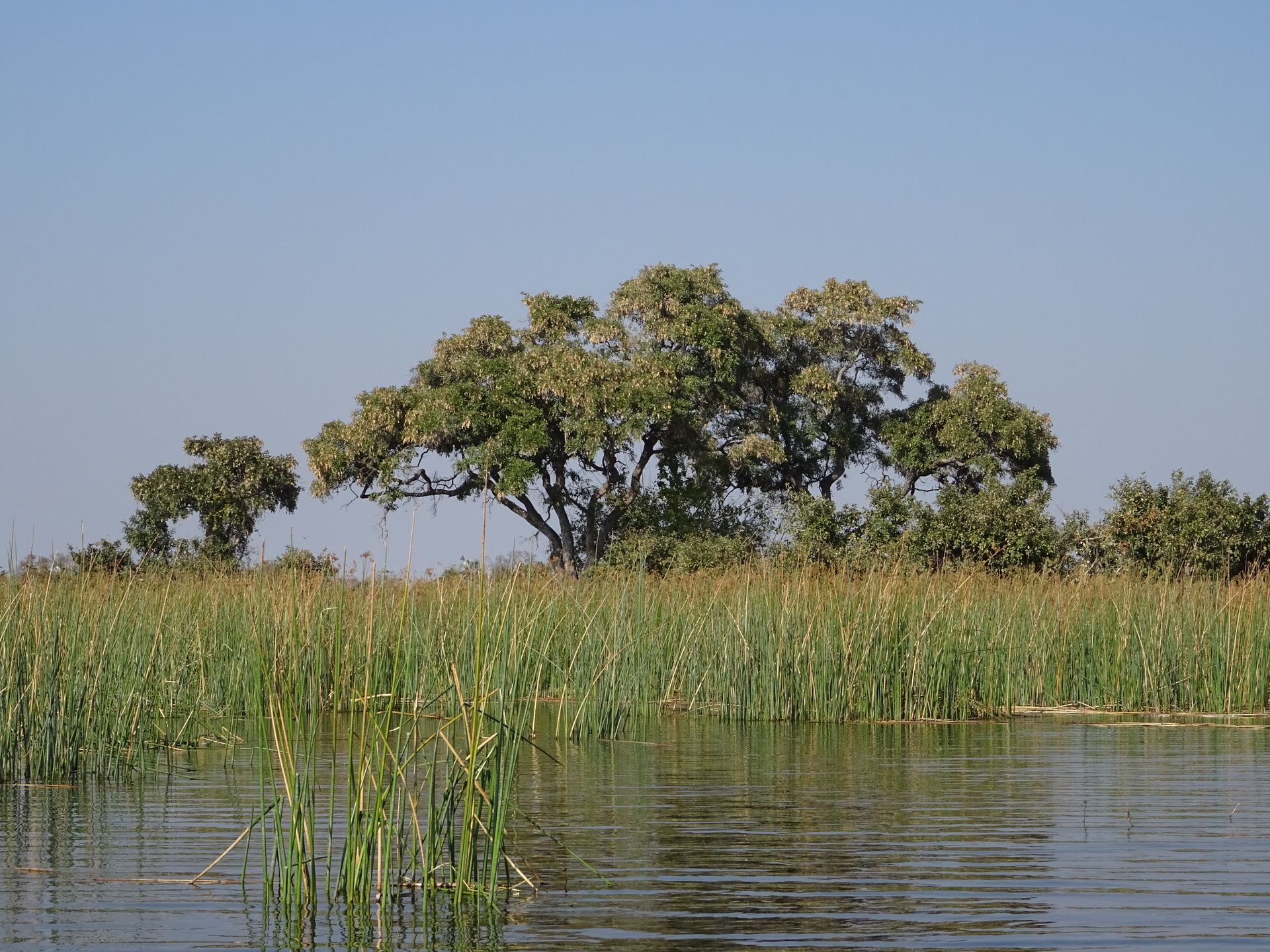
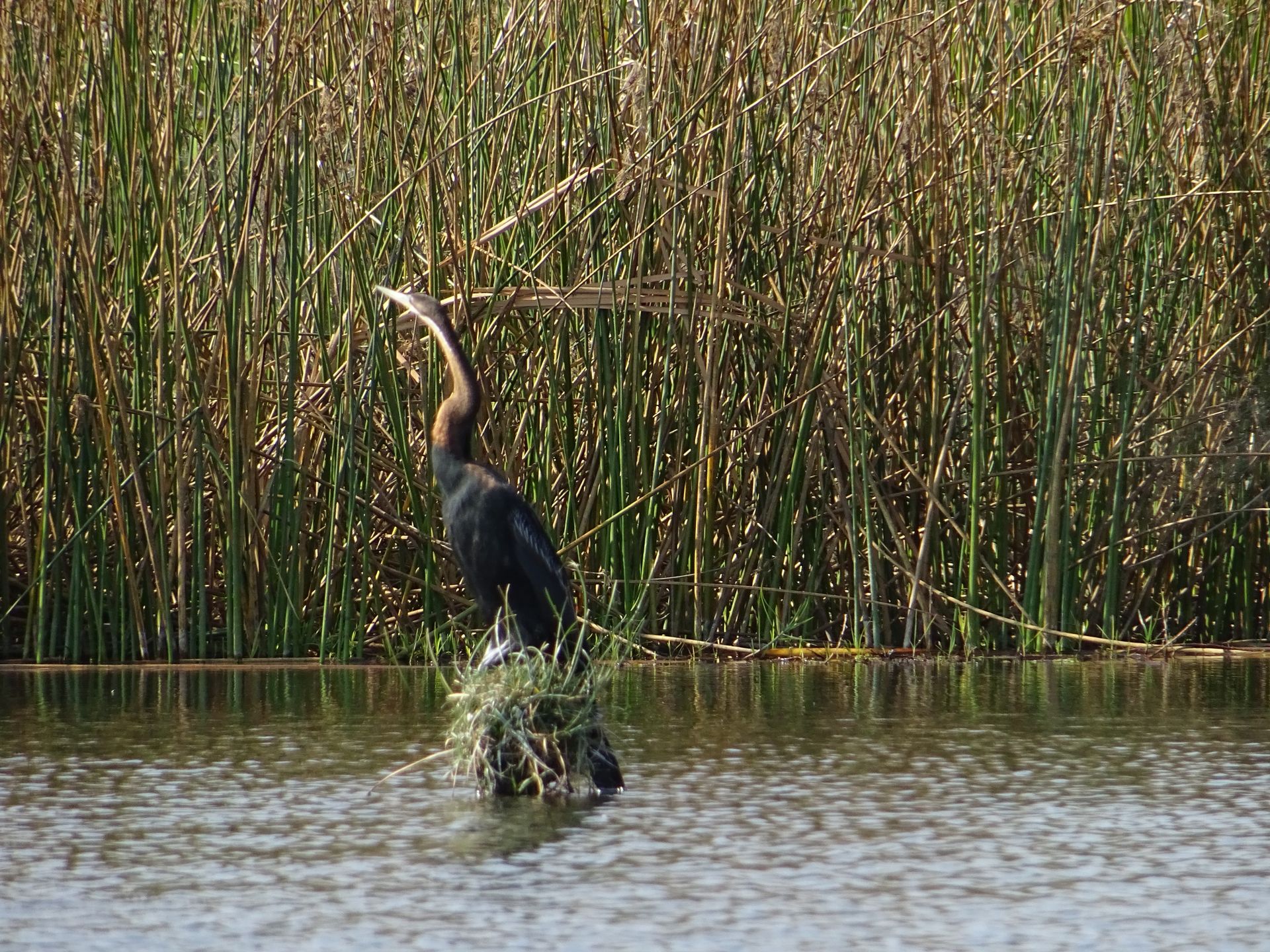
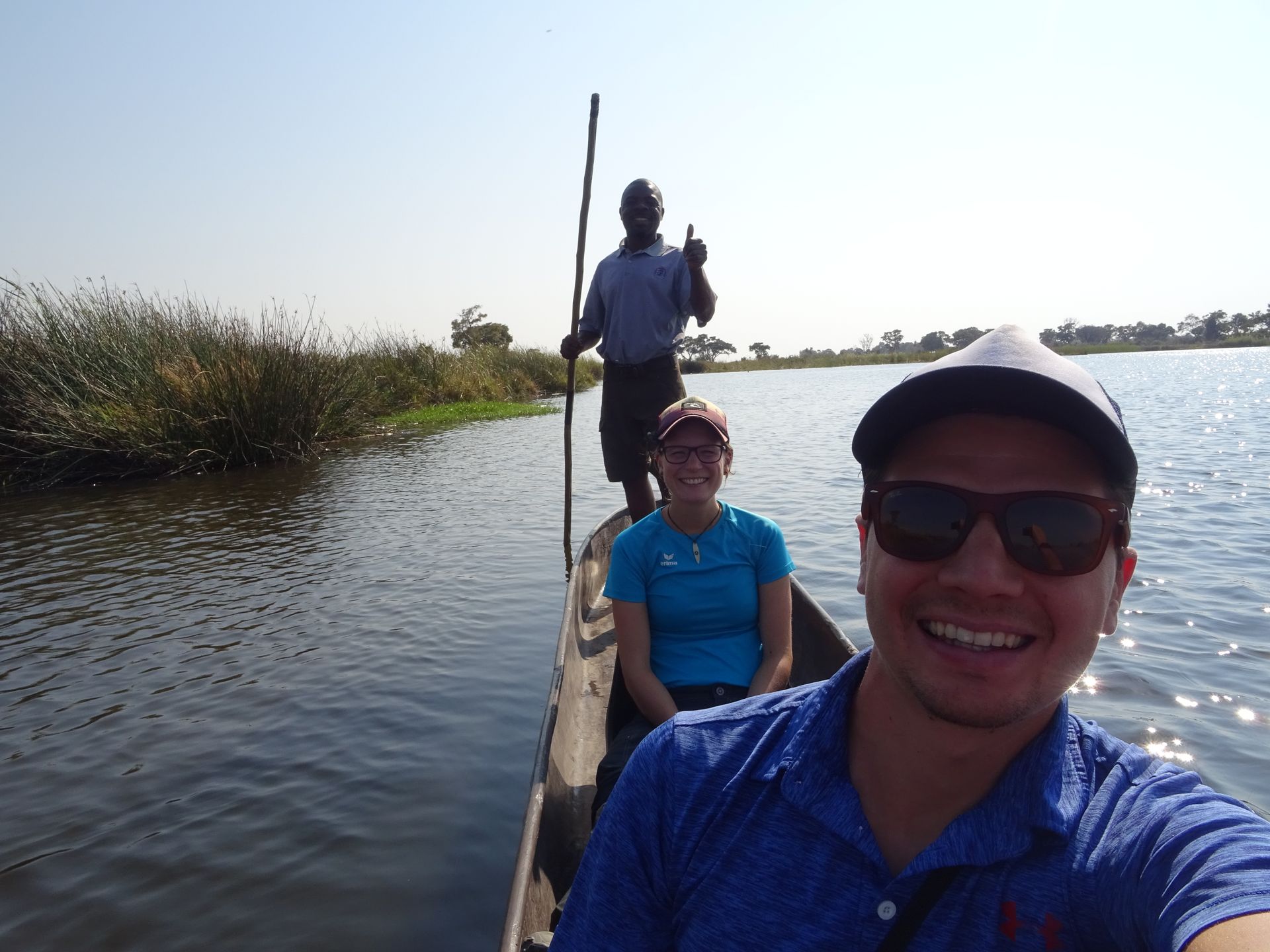
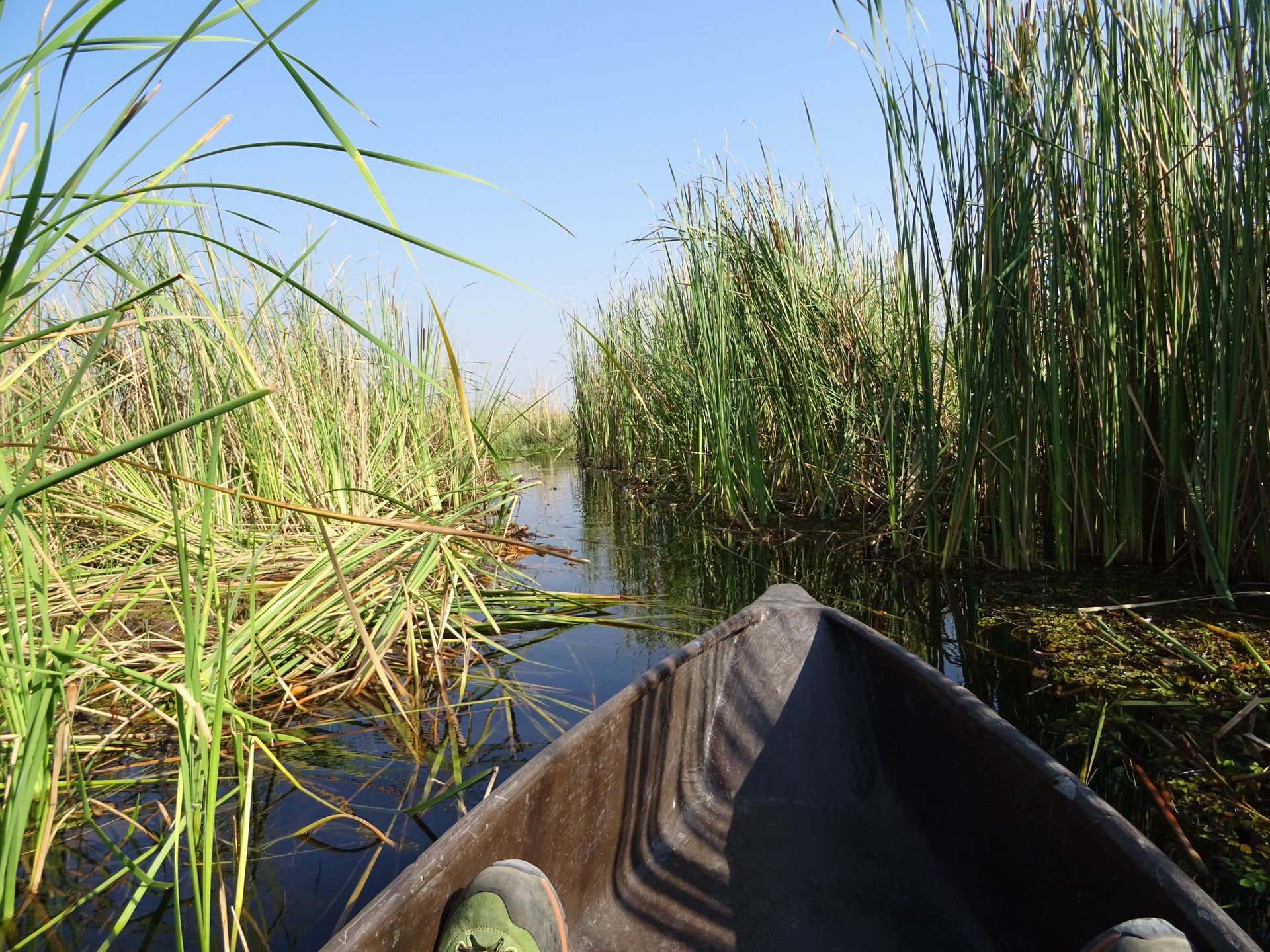

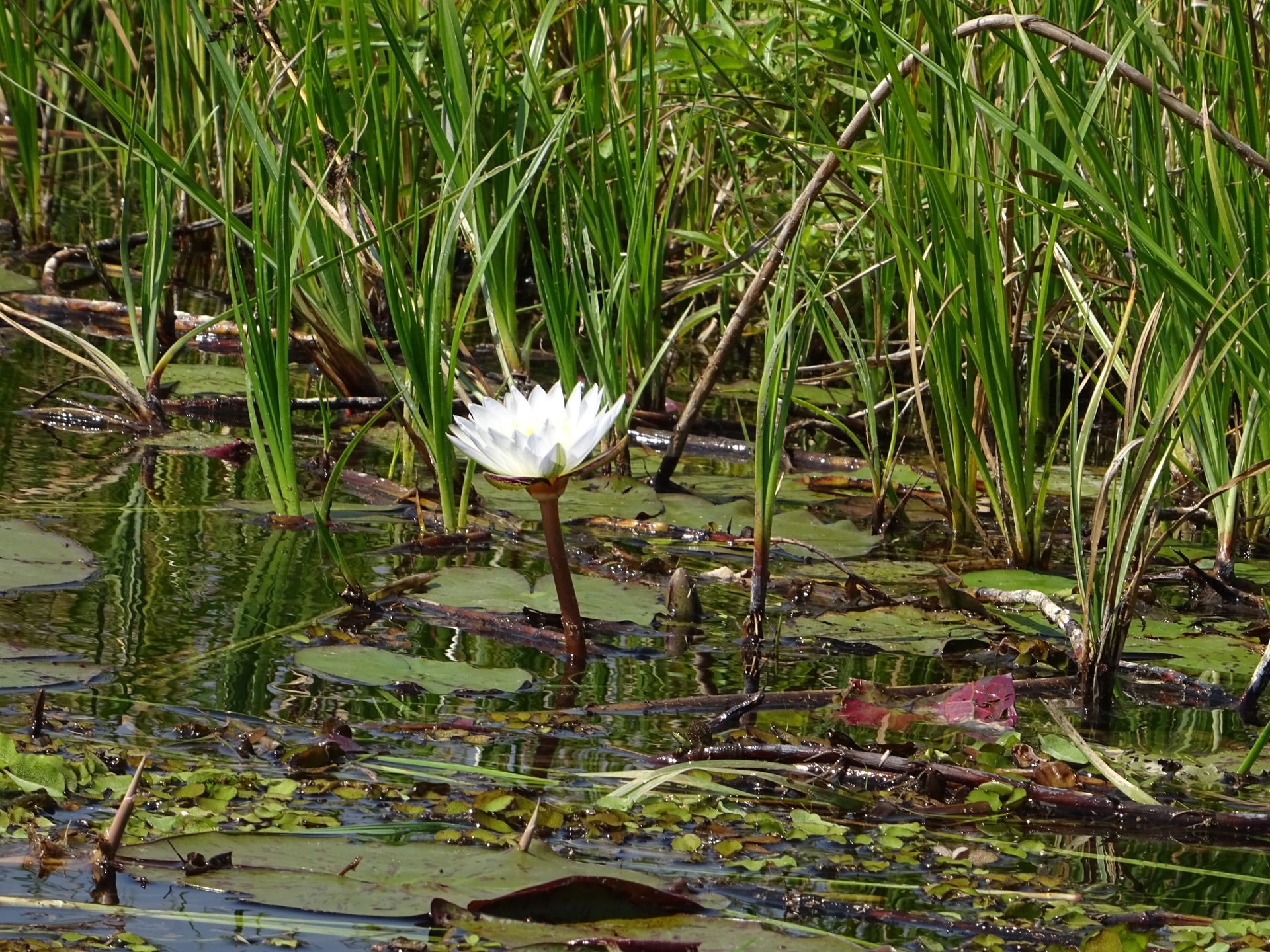
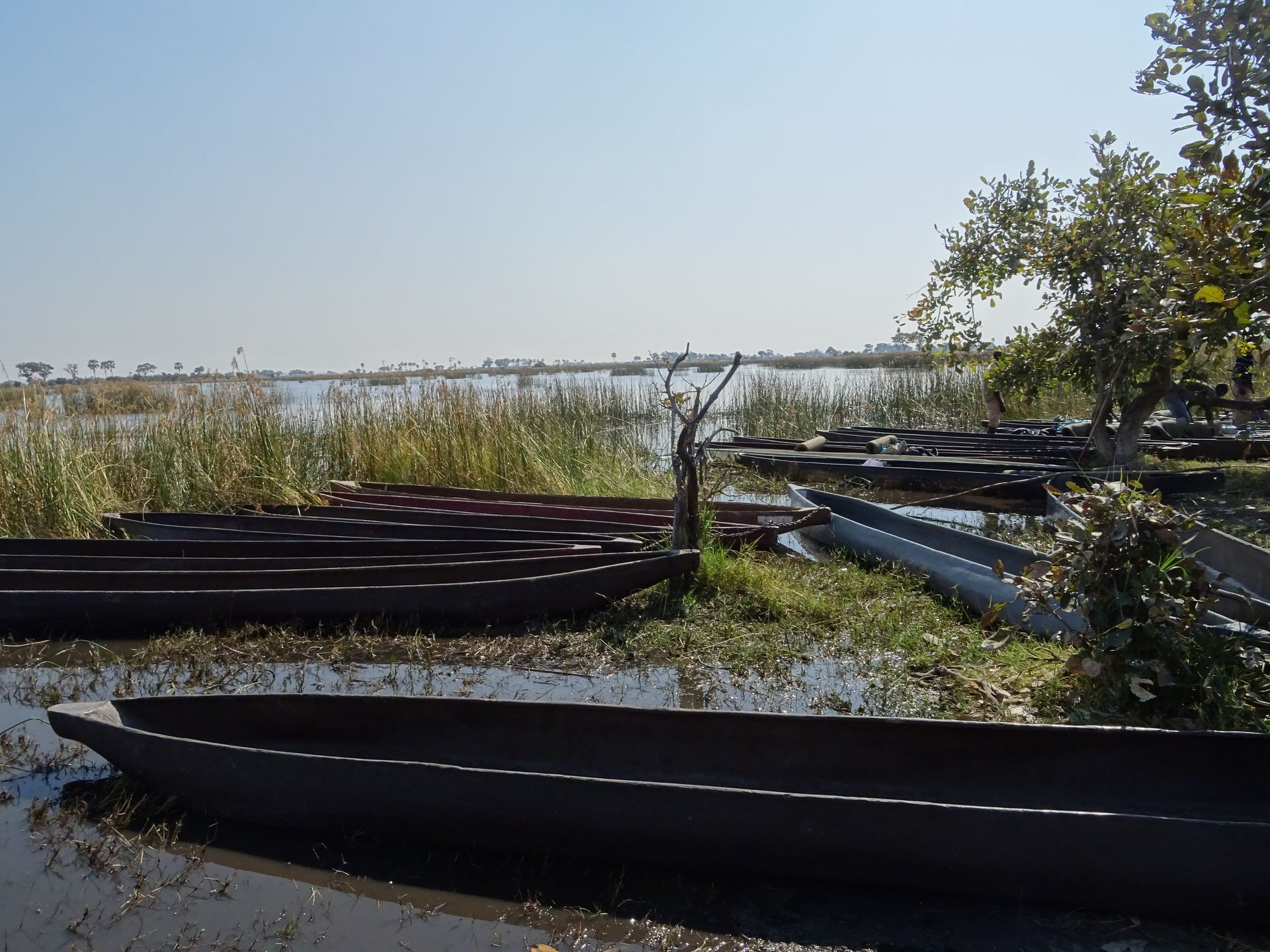
After a short break on a larger island, where you can also camp, Peter took us on a discovery tour through the bush.
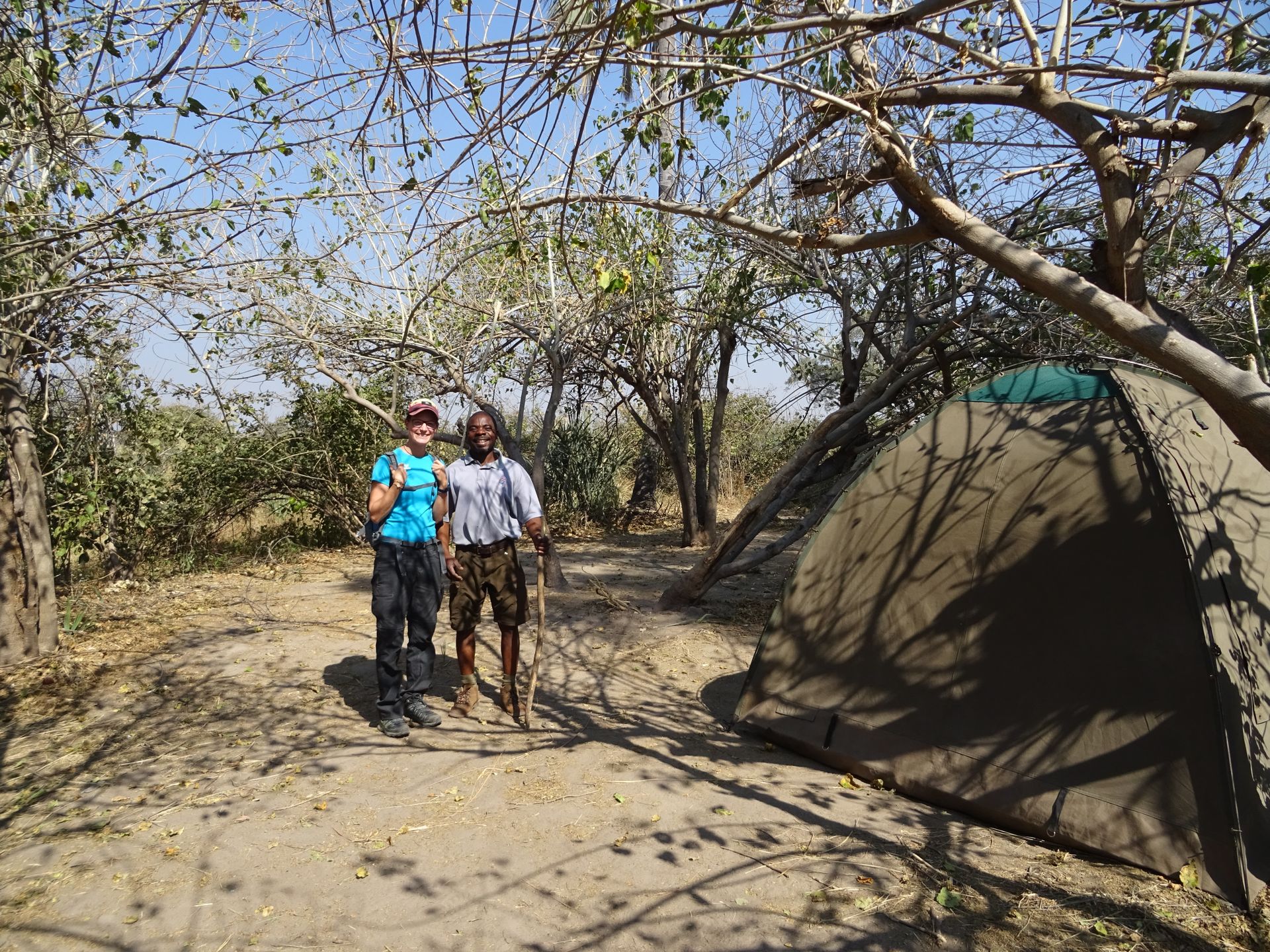
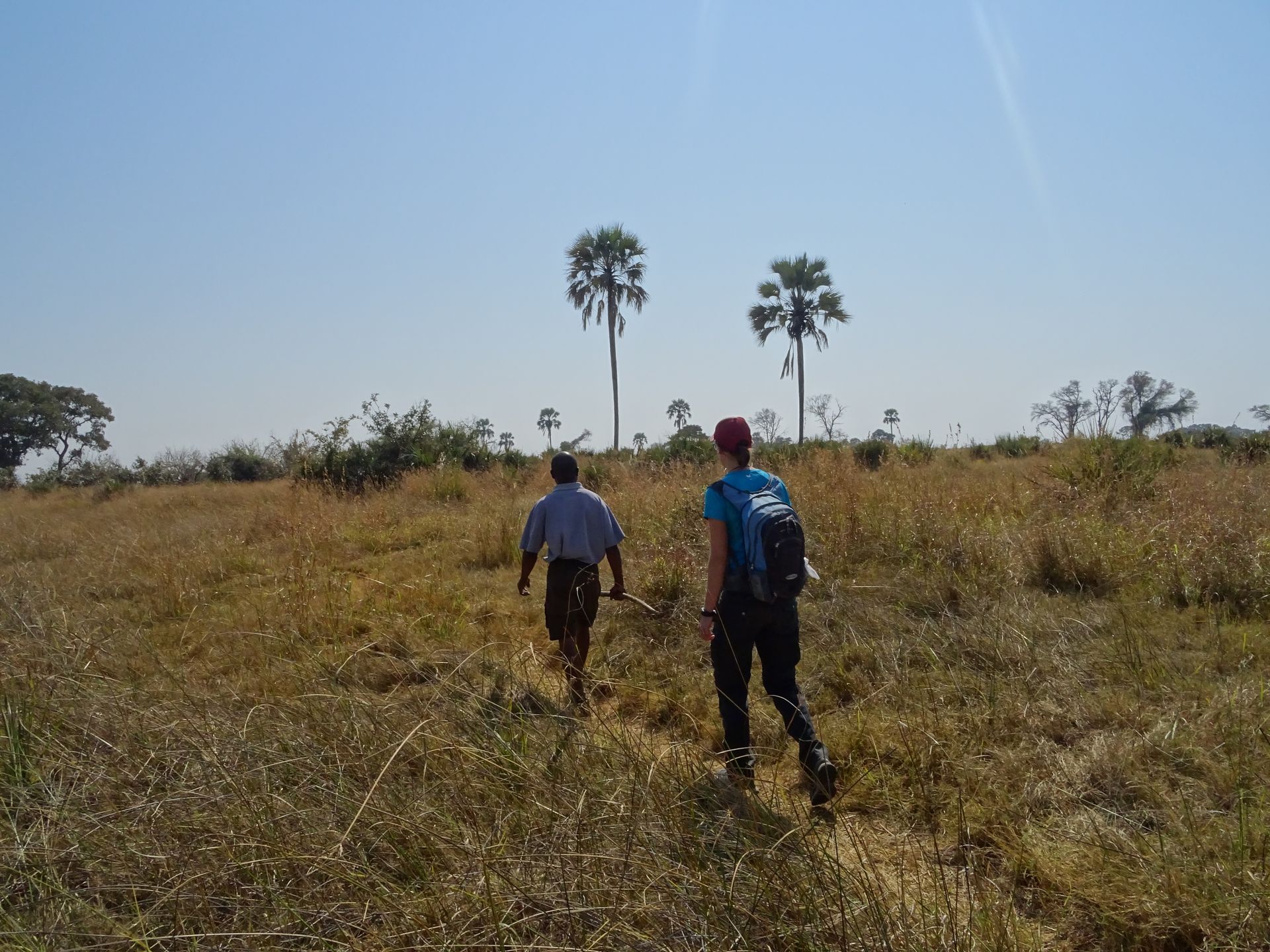
Here are the most important tips from Peter that he gave us before the bush walk:
1. When encountering an elephant, pay attention to its movements with its head and trunk. Remain calm and slowly move away. There are 3 warning stages and during these, you usually have enough time to withdraw slowly.
2. When encountering a lion, stand still and the same applies as with an elephant.
3. When encountering a buffalo, do not wait, but run as fast as possible. Afterwards, there are two options: 1. Make a turn and then drop to the ground, hoping that the buffalo will run past you. 2. Climb as fast and as high as possible up a tree.
4. Always walk in a single file, as this allows the snake in front and behind the group to evade. If you walk side by side, the snake cannot evade and it becomes aggressive and may bite.
Unfortunately, we did not see any wild animals on this bush walk, which in retrospect we are actually not so unhappy about :D
Nevertheless, Peter showed us how he recognizes the tracks of wild animals and taught us a lot about their behavior and the use and healing power of the plants growing here.

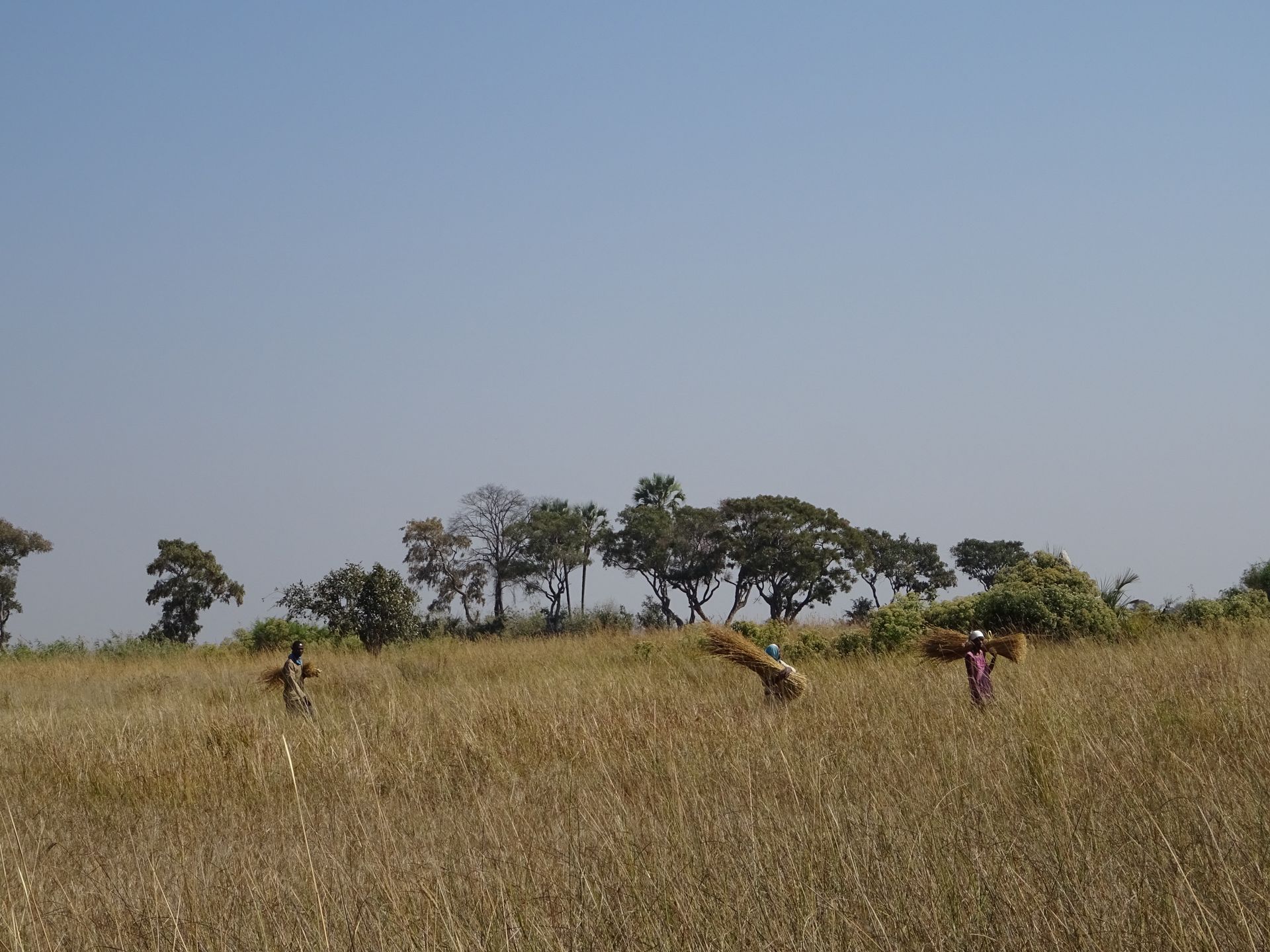
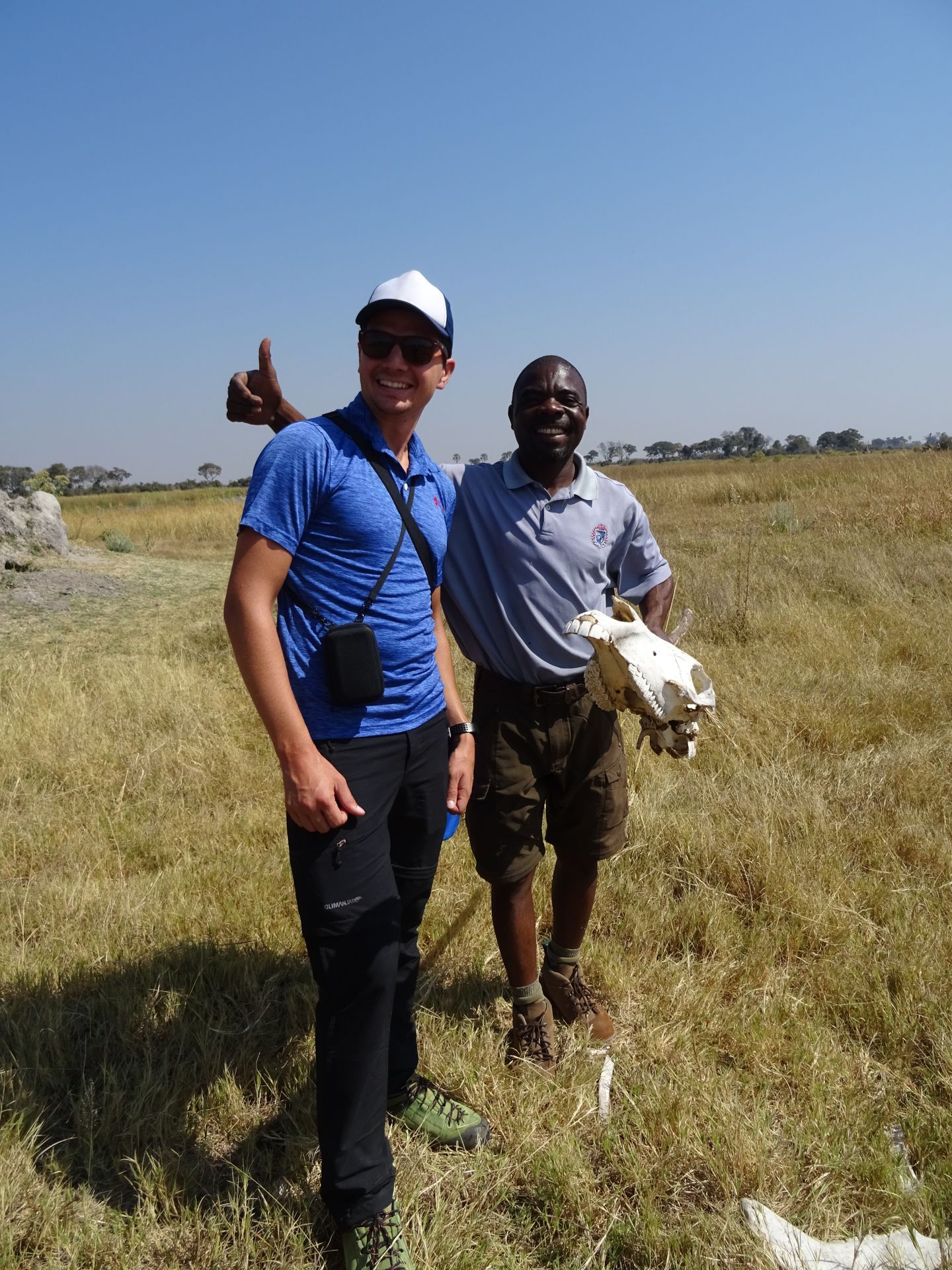
Next, we decided to visit the city of Kasane, located in the quadripoint of Botswana, Namibia, Zimbabwe, and Zambia, on the northeastern border of Chobe National Park. Here, we treated ourselves to a relatively cheap boat trip across the Chobe River, which forms the border with Namibia here. Once again, we were overwhelmed by the breathtaking beauty of the landscape and the wildlife, as well as the proximity from which we could observe it.
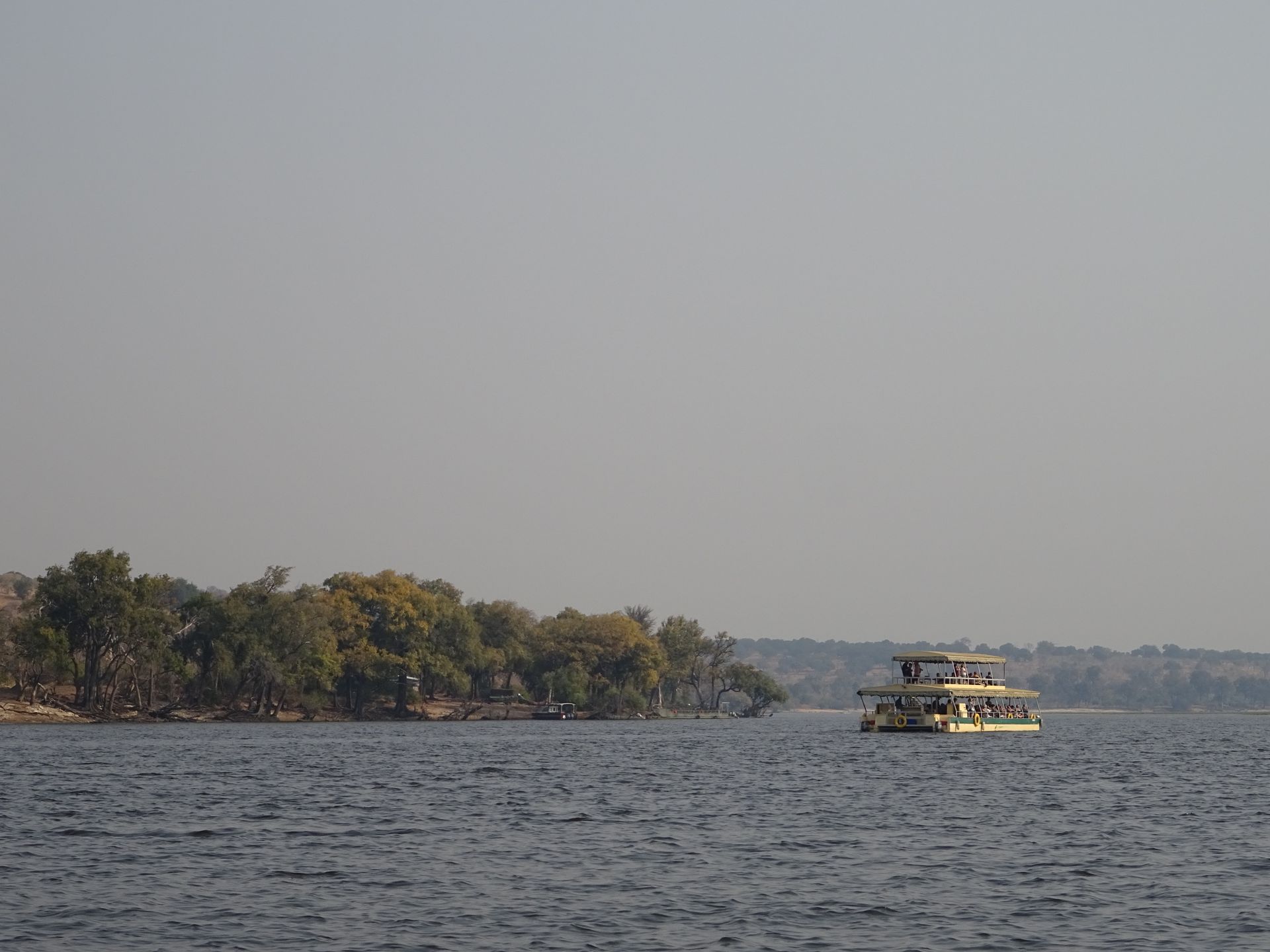
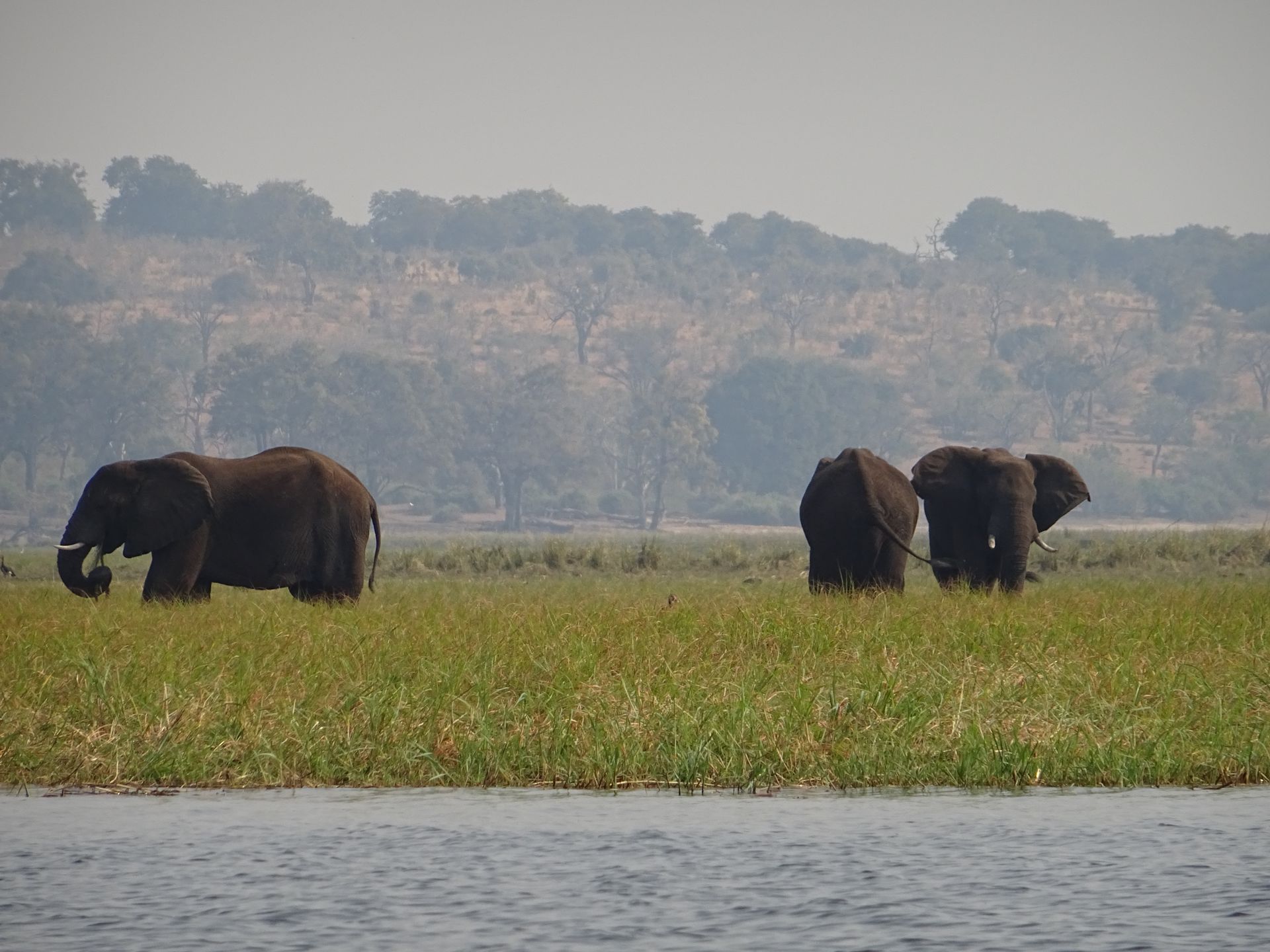
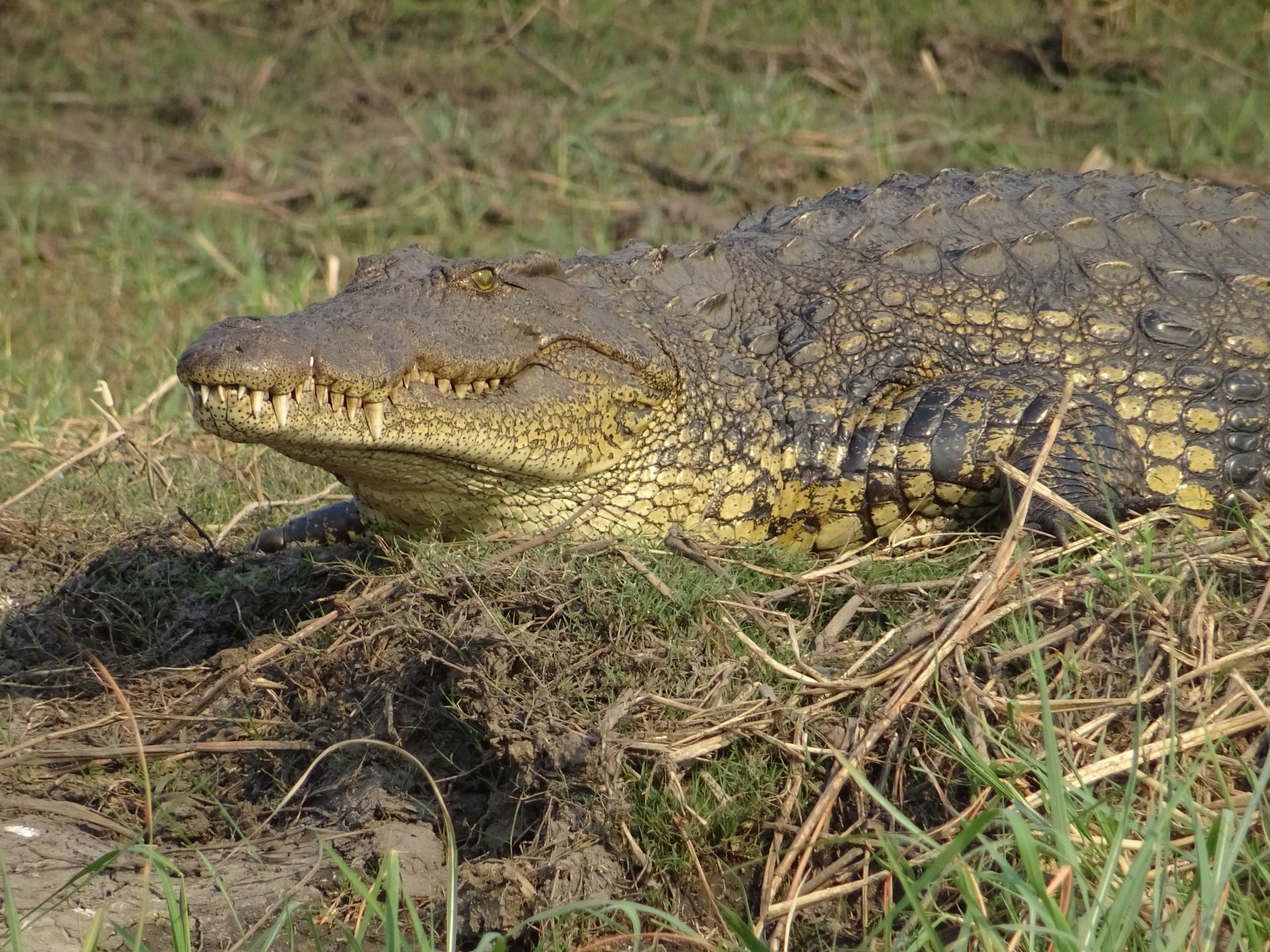
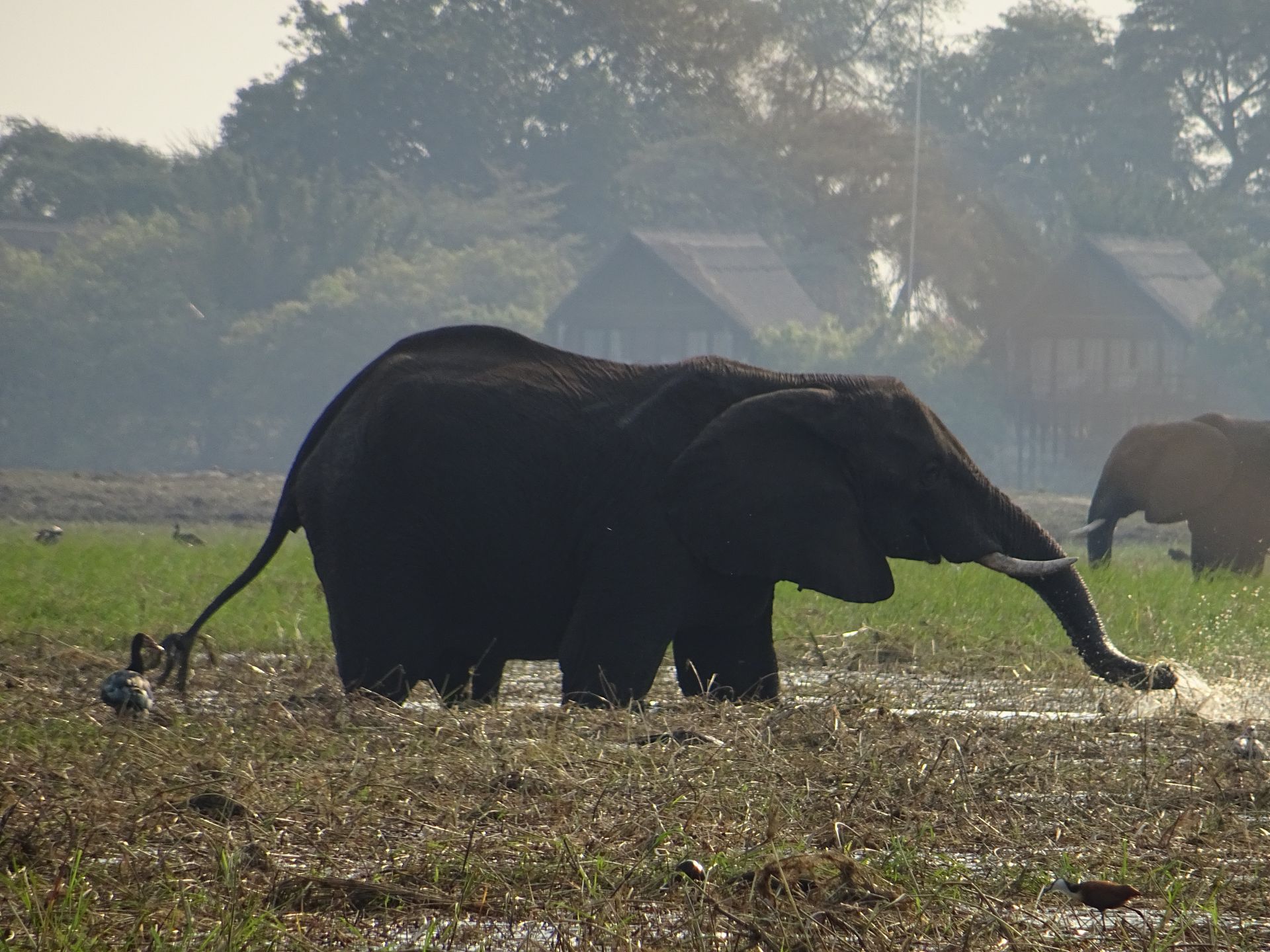
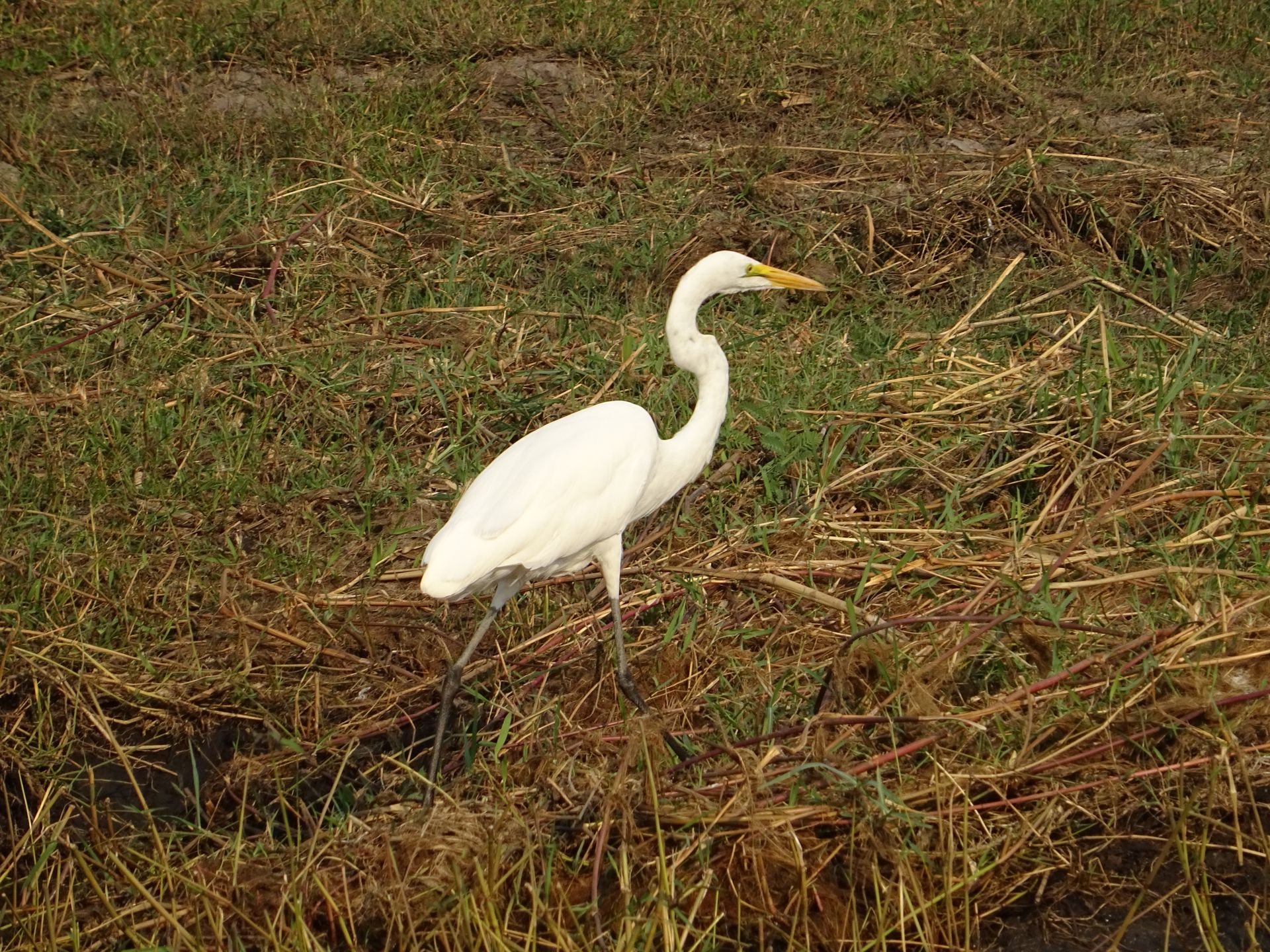
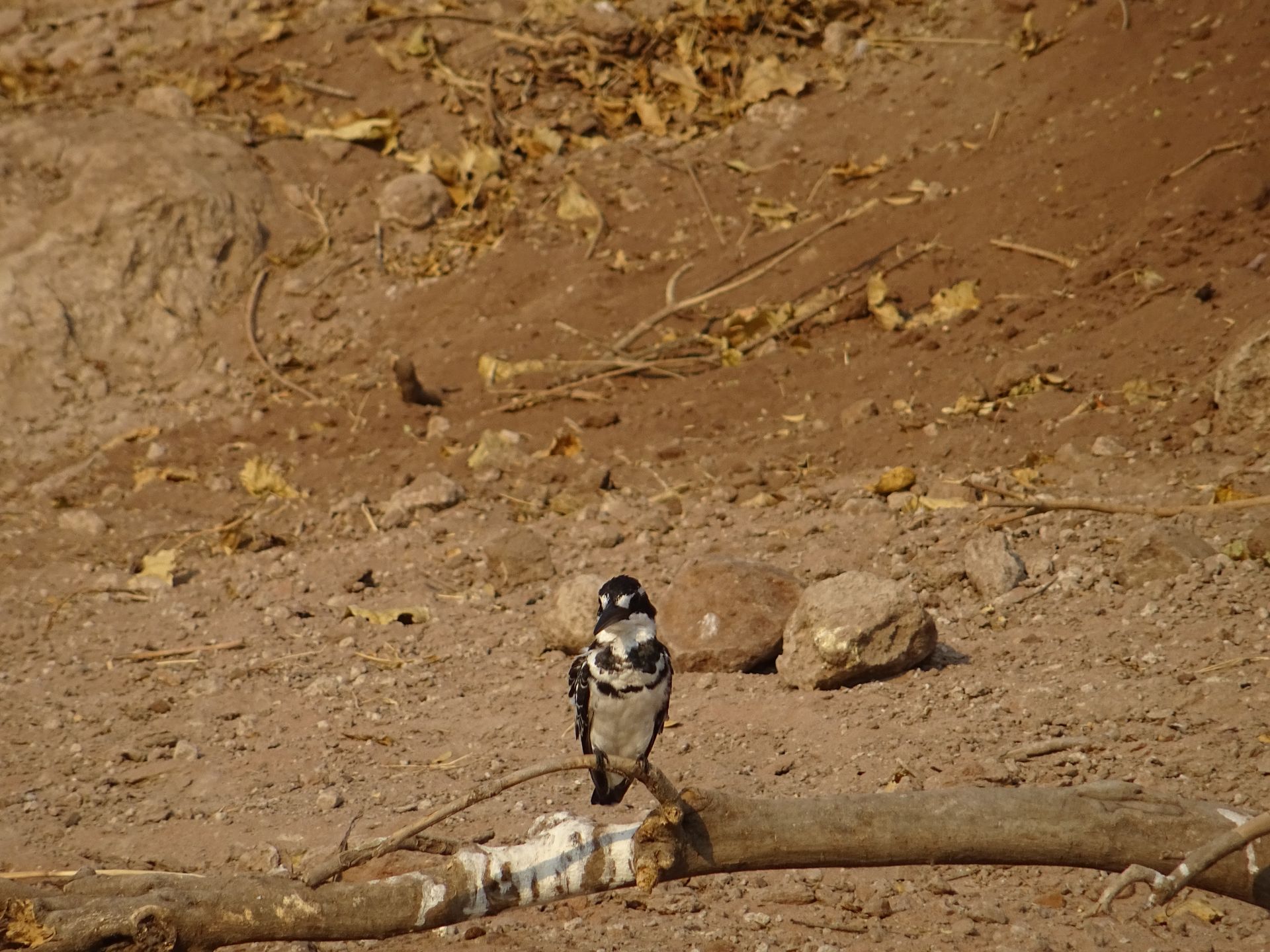
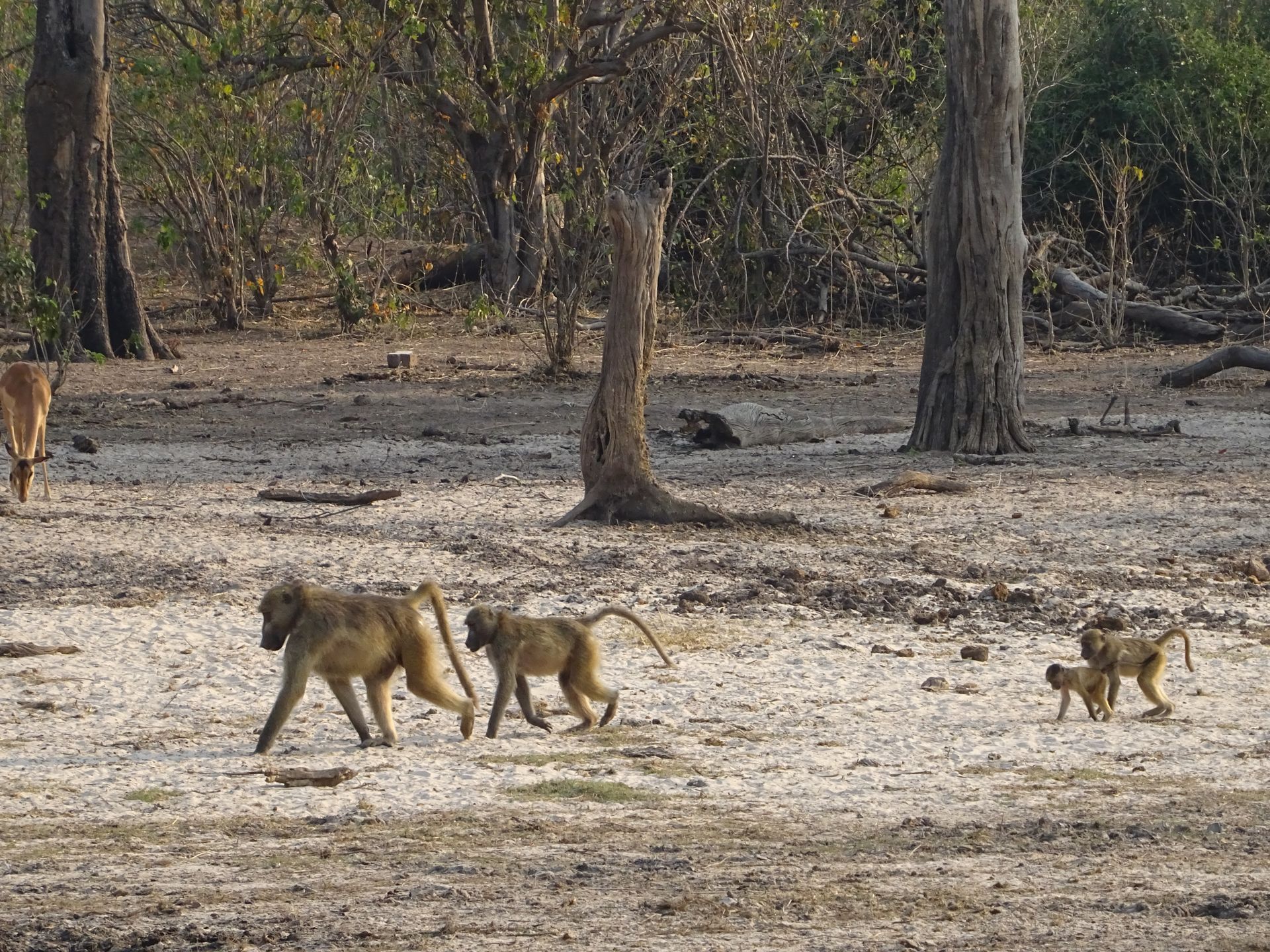
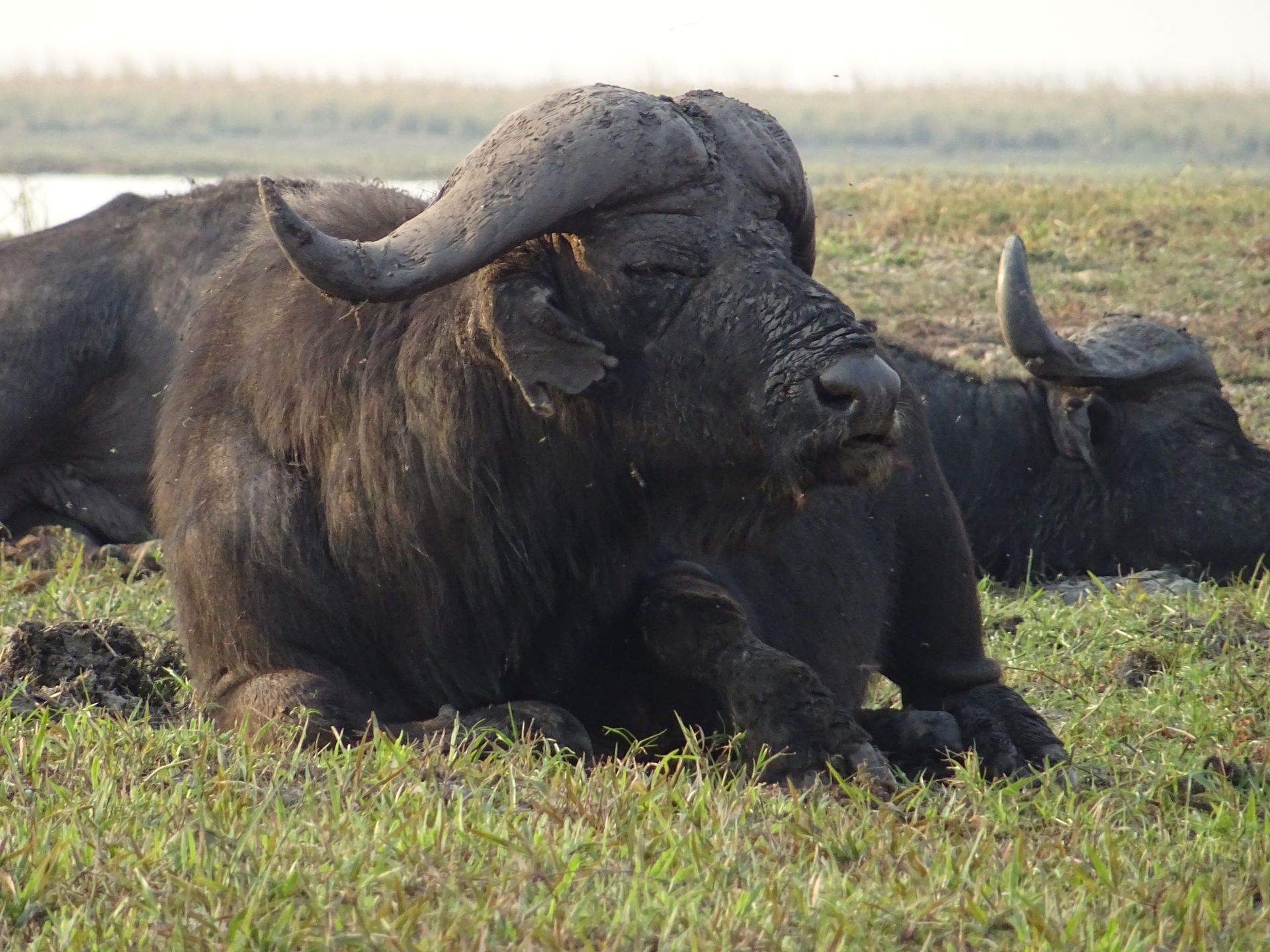
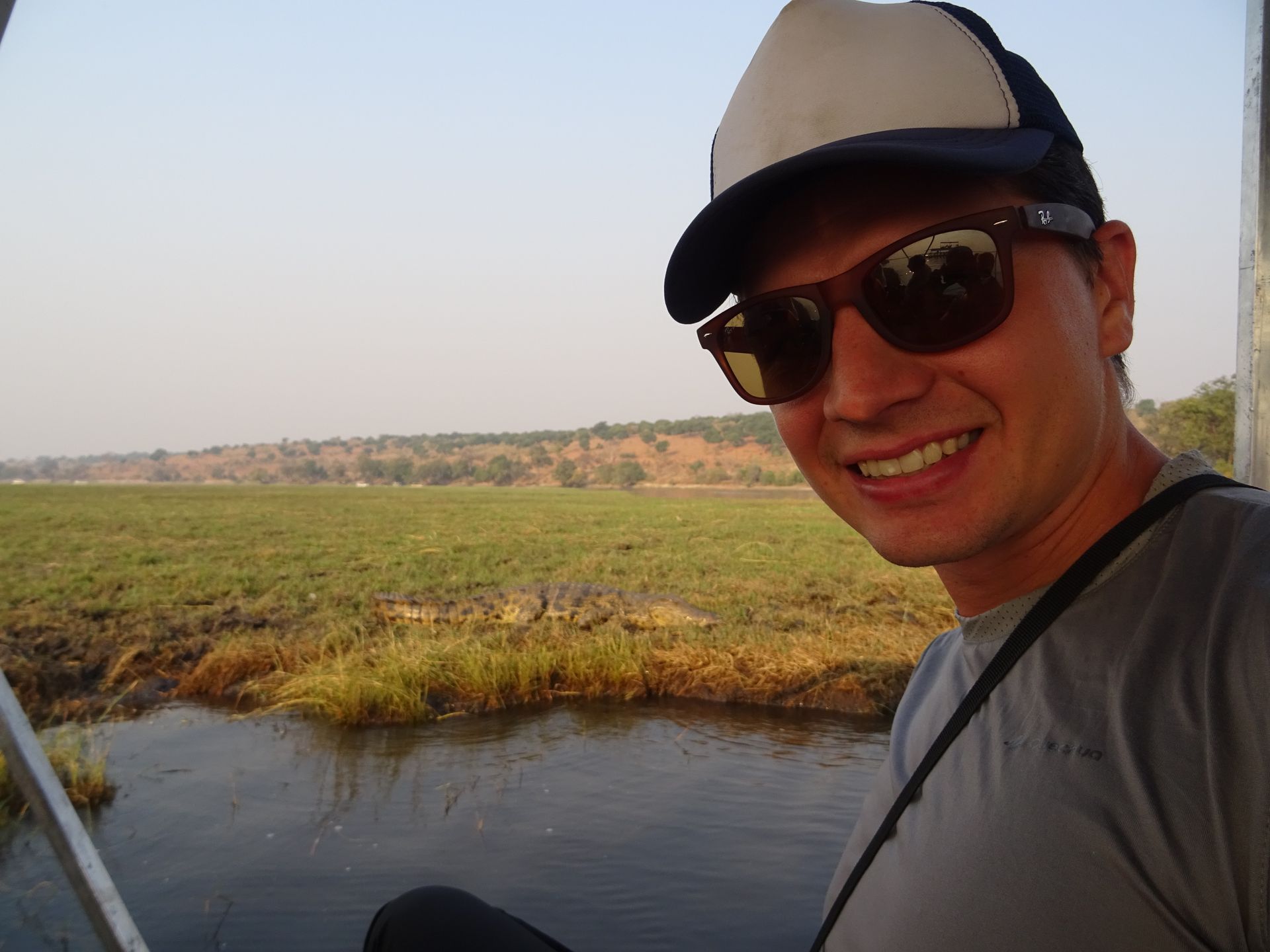
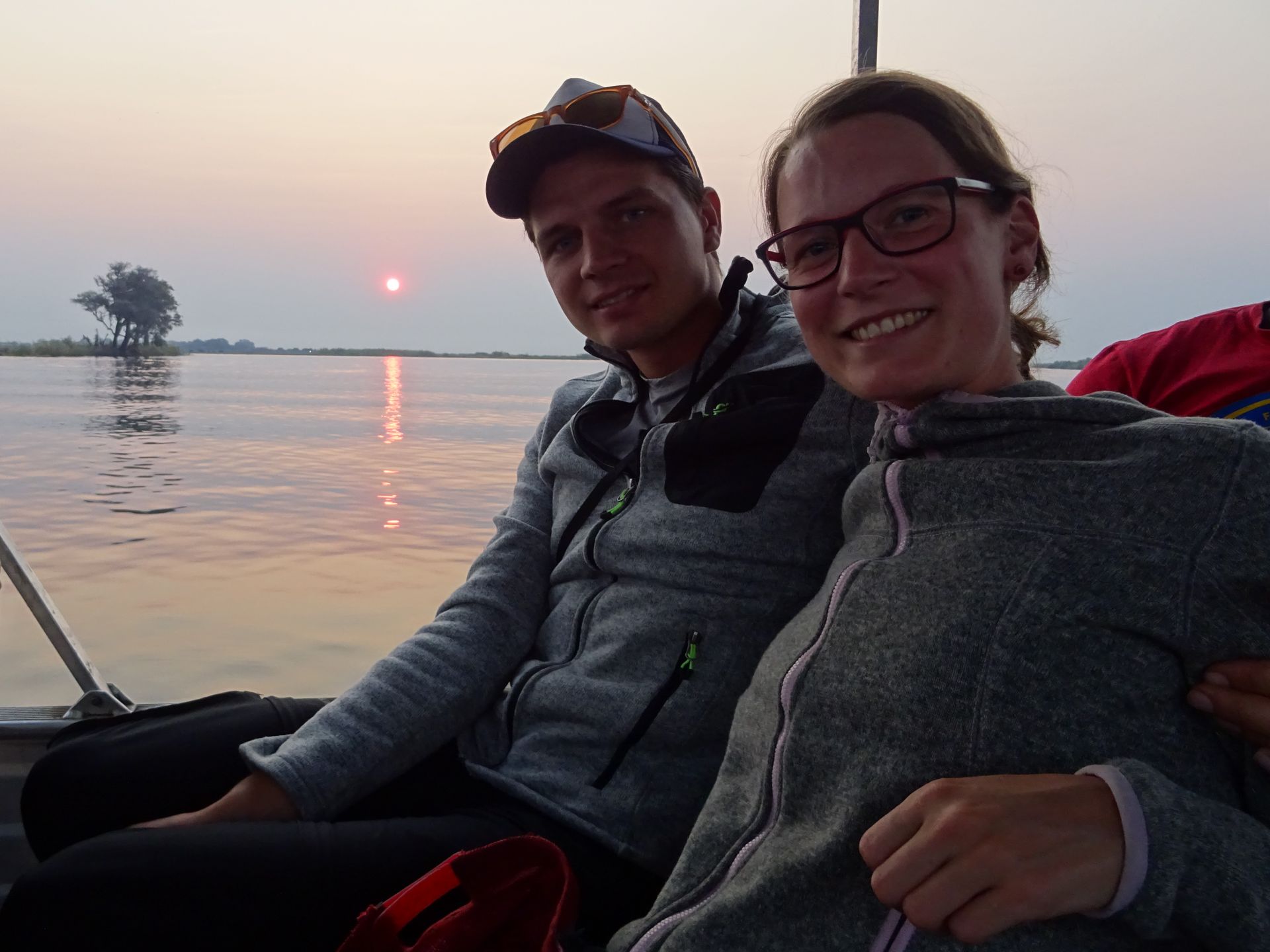
Although we were really very unprofessionally equipped in comparison. :D
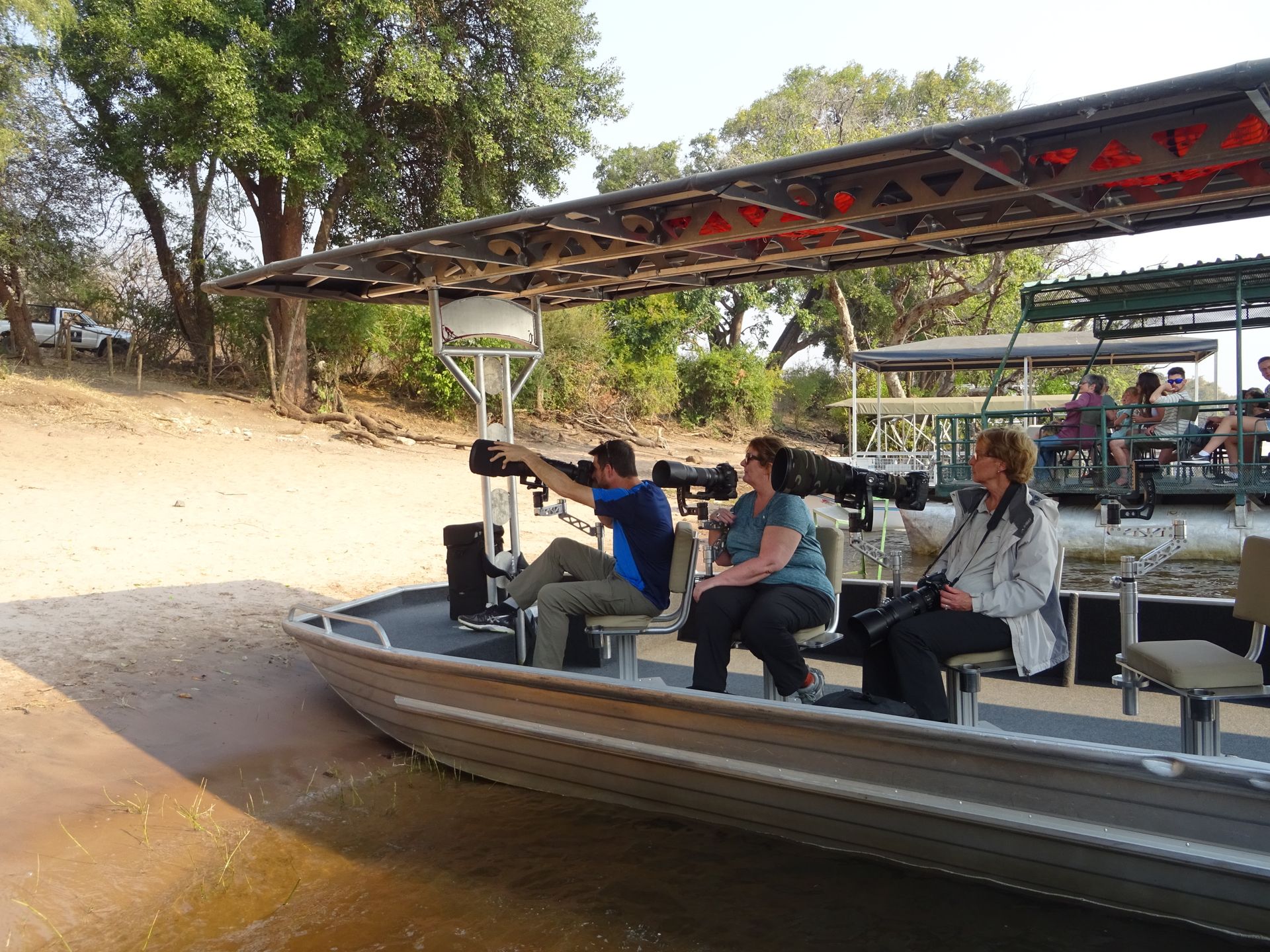
In the end, we are very happy that we had the opportunity to visit this beautiful country and get to know, even if only a small part of, its wildlife and flora, its culture, and its people. However, it must be said that it is not easy for backpackers here and the infrastructure is mainly designed for well-off individual travelers or not cost-effective safari tours. The goal of Botswana, as we were told several times, is not mass tourism, but attracting economically strong visitors. Basically a good approach, as mass tourism can severely affect both the ecosystem and the social system - as has already happened in many countries. Nevertheless, this should be kept in mind before setting off to Botswana with your backpack and without a car.
Next stop: Zambia!
All the best
Matthias and Lisa
Бюллетенге жазылыңыз
Жооп
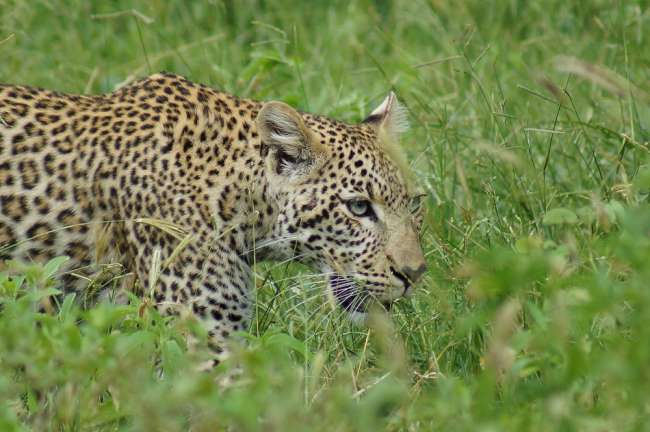
Саякат баяндамалары Ботсвана
